|
Hummingbirds are a joy to watch. During the daytime they use a lot of energy and to keep their little motor running, they need a lot of energetic fuel (nectar and sugar water) No wonder that hummingbirds are amongst my favorites. They are small, energetic and colorful. Can you imagine a hummingbird hatchling? How tiny can that be. That is why I was so excited with the Fork - tailed Woodnymphs' nesting. Because every day brought me closer to the answer of one important question: When are the eggs going to hatch? In my previous posts I had already written about 6 days of observing the Fork - tailed Woodnymphs' nest. In this post is about day 7, day 8 and day 9. On the seventh day, June 21, exactly a week after the 'discovery', I've noticed some small changes. She first stops for a drink at the feeder before going into her nest. On this day she started to fix her nest from the outside, this by bringing small pieces of bark. I've seen her using her own saliva to let it stick on the outside of her nest. This 'sticky' performance went on for quite a while. On the eight day of observing her nest, June 22, she stayed most of the time in her nest. That day was a rainy and windy day so she was forced to stay in her nest to protect her eggs. I changed the sugar water with fresh one and it was immediately noticed by the other hummingbirds. Both the male Fork - tailed Woodnymph and the Grey - breasted Sabrewings were drinking very often. They were also busy chasing each other far away from the feeder, but without any success. The Female didn't mind it at all, because she was busy the whole day protecting her eggs. On the ninth day, June 23, she was collecting more nest material. With all that rain and wind she had to endure the day before, she wanted to make sure that her nest was strong and stable. So I saw a lot of wiggling that day. Quite a show: it looked like she was having fun and did a little dance. To be continued .....
In my previous blog post I wrote about the 'discovery' of the Fork - tailed Wood-nymph's nest. I am still so excited about it. Knowing that I'm about to witness a miracle: "The birth of possibly two hummingbirds." On the third day of observing her nest, June 17, she already got used to having the feeder nearby. When she flew out of her nest, she first took a sip or two from the feeder and then she left the area. I've noticed that she always returned back with more nest material. It is quite a funny show to watch too. When she arrived with nest material in her small beak, it looked like she's wearing a mustache. The material was then shoved inside the nest and by wiggling her whole small body, they were being put into place. I think that she was using her tiny legs to spread the material underneath her and the eggs. On the fourth day, June 18, I didn't see a lot of action going on. She was doing her thing: incubating and gathering more nest material. This was why I got distracted by other birds: - a large group of Lined Seed - eaters was passing by - a whole bunch of Crested Oropendolas started to eat the mango fruits - same goes for the Silver - beaked, Blue - Grey and Palm tanagers - and last but not least .... the Grey - lined Hawk, immature, passed by too Finally .... there was some action on the fifth and sixth day of observing the nest: June 19 and June 20. I changed the old sugar water with some fresh one and I was immediately surrounded by other hummingbirds (..... okay, I am exaggerating a little bit. They came by every 5 minutes to drink from the feeder)
Who passed by? - male Fork - tailed Woodnymph, possibly the future father - 2 Grey - breasted Sabrewings who were constantly fighting over the feeder - 1 Long - tailed Hermit The female Fork - tailed Woodnymph didn't seem to mind all the commotion near her nest. To be continued ............ Hummingbirds: tiny and agile birds. For years they bring joy with their presence in Kabalebo. Sipping nectar from flowers or searching for tiny insects .... always on the move. I started to put out hummingbird feeders to enjoy even more of their presence. For both of us it was a win-win situation: I get to see them even more frequently and they get their extra treat. Since they know that food isn't scarce all year long in Kabalebo and nobody is bothering them at all, they started to feel very comfortable and safe in our presence. So safe that they started to build their nest nearby and let us witness the birth of the next hummingbird generation. In this article: the Fork - Tailed Woodnymph # 1 The Fork - Tailed Woodnymph (Thalurania furcata) is a common hummingbird in Kabalebo. Both male and female are seen here on a regular basis. After I introduced the feeder to them in 2012, it was as if they were in heaven. Since that day they never left the scene. I always am amazed by hummingbirds and I often wonder about their nest or the incubation period. My patience was finally rewarded on June 15th, 2014. Her nest was discovered accidentally, it was perfectly hidden away between big mango leaves and the best part ..... it is only 1.5 meter up from ground level ... great to observe everything. No need to climb in trees or use a ladder. It was the cutest nest I've ever seen: 3.5 cm wide and 2.5 cm deep. The nest is made out of fine fibers, fine grass, cobwebs and lichens. The female was gone, so I had a quick sneak peek: 2 oval white eggs as big as an M&M chocolate peanut. Excited by this 'accidental' discovery, I immediately let everybody know about the nest. Meaning: "Please don't bother the bird." As everybody here now know that I'm an enthusiastic birdwatcher they respected my request. I also put a feeder nearby for her. I observed the nest for 2 hours that day: besides sitting on the eggs, she also brought in more nest material to strengthen her nest. On the second day, June 16th 2014, I noticed that she drank frequently from the feeder that I had put out for her. I noticed that the Fork - Tailed Woodnymph male also drank from the feeder. It is possible that he is the future father, because he was making a lot of noise when he was near the nest. I noticed that she sits at least 15 - 20 minutes on the eggs and then leaves the nest. During the day she gathered even more nest material. Around 5 o'clock in the afternoon there was a strong wind. The branch where she has her nest started to swing a lot. She immediately flew back into her nest and made herself almost as one with her nest (like a lid on a pot) She was making sure that her eggs were safe during this rough windy situation. You have got to admire her bravery and love for her babies (eggs).
To be continued ....... When you think of rain, you'll think of the cloudy cold weather and soaking or muddy trails. Meaning ... a perfect time to stay inside and skip the outdoor walk. Of course it will spare you the muddy boots and soaking wet clothes, but it means that you will also miss meeting the amphibian world. Amphibians, in this case toads and frogs, appear easily on the surface during the rainy season or whenever there is a heavy rainfall. This doesn't mean that they vanish in mid air when it is too hot and the area too dry. No, they hide at cool and moist places. Usually under leaves or fallen logs. Before I came to work in Kabalebo, I knew absolutely nothing about amphibians. The only thing that I knew was that they were slimy and I didn't like them at all. I guess I got my '180 degrees turn' education in Kabalebo. Here is where I started to learn about different species: Toads, Poison Frogs, Leaf Frogs, Tree Frogs, Jungle Frogs ....... their world is so big and that for such tiny creatures. Some familiar species I've met and left a great impression behind are: 1. The Three - Striped Poison Frog (Ameerega trivittata): this was my first poison frog I photographed. A very common one, you can find them at any hiking trail in Kabalebo. I learned that the male carries the tadpoles on his back and then releases them in a puddle in the forest. 2. South American Bullfrog or Smoky Jungle Frog (Leptodactylus pentadactylus): I am just amazed by its appearance. There are some that are living nearby my house. 3. Beireis Tree frog or Clown Tree frog (Dendropsophus leucophyllatus): beautiful colors. One of my favorite tree frogs. 4. Marbled Tree frog (Dendropsophus marmoratus): I've actually found this one sleeping on a leaf. I like its camouflage a lot. On its back it's grey/white, but underneath .... 5. Dyeing Poison Frog (Dendrobates tinctorius): great colors everywhere. I've seen this one only at a hiking trail called Kilo 3, near small streams. 6. Hoogmoed Harlequin Toad (Atelopus hoogmoedi): also only seen at Kilo 3, just like the Dyeing Poison Frog. Usually rest on moss near streams. I usually have to look very closely as this one doesn't jump but crawls very slowly. 7. Giant Monkey Frog (Phyllomedusa bicolor): I always wonder why this tree frog is called monkey frog .... This one has a fresh pop out color: green/white. It has a great face impression too. These frogs are just a fraction that I met so far of the Amphibian world of Kabalebo. These are the ones that I've seen frequently on certain places and that I easily can identify.
There are still more out there in the jungle that I still need to identify, but only time will tell. For sure the jungle is one big place where the learning and discovering of new things shall never stop ..... and that is what actually inspires me to continue. Anyone who once tried to catch a fish knows that it takes patience, knowledge and the right equipment to succeed. The pro - anglers of Kabalebo only need patience and speed to succeed. Meet some of our pro - anglers: - Kingfishers (the name explains it already): patience and speed are their ingredients to success. One quick dive to catch their bait, sometimes as big as themselves. - Osprey (a fish specialist): armed with very sharp claws and sharp spines on the sole of his feet, making it possible to catch and carry big slippery and wiggling fish without dropping. - Giant otters: they use teamwork. Hunting in groups, following the fish like a torpedo. Even between rocks and shallow water, they still can move with precision and perfection. All the pro - anglers of Kabalebo never miss a beat. They are always successful, so make sure that these guys aren't nearby when you're trying to fish, otherwise you'll fish behind the net.
Over the past few weeks I've noticed that I've only written about the Fauna world of Kabalebo. An intriguing world where you can expect the unexpected.
The Flora world is also diverse, but on the other hand ... predictable and most importantly ... they will not fly, swim or run away when you are trying to photograph or study them. In this post I'll like to pay some attention to a certain beautiful and functional plant: Costus Scabur! In Suriname it is also known as the Sangrafu plant. They flourish very well in Kabalebo. I've seen them in red and white colors. They're great as bouquet decorations as they can stay fresh for more then a week. Besides that they come in handy for flower decorations, they are also useful plants: - the sap that comes out from the flower is a great help against eye infections - the stem is edible and thereby useful when one is lost in the jungle - the sap from the stem can also be used to heal a sore throat The flowers of these plants also attracts hummingbirds and leaf frogs. Capybaras are the largest rodents in the world. Semi-aquatic mammals living in large groups near the water. They live on grass, water plants and twigs. The river is their escape route for predators, 'cause when alarmed they jump in the water, swim away as fast as they can and most of the time they dive and swim further away under water.
The first time that I've seen capybaras were in the Paramaribo Zoo. Those were occasional visits during childhood. Back then I knew them as Kapoea, the Surinamese name for Capybara. Years past by before I've seen another capybara. That was when I came to work here in Kabalebo. A remote place in the interior of Suriname. It was a strange feeling to see them in their natural habitat. No fences, no concrete ground or man - made habitat ..... no, it was simply in the jungle and they were living like free animals. Seeing them in the wild also brought a bitter/sweet feeling. Of course it is an indescribable experience to see capybaras up close and personal, but knowing that they are also vulnerable for predators like the jaguar or the red-eye piranha is a bitter/sweet experience for me. Also, as they are group animals, having a sick or wounded member amongst them, is vulnerable for the groups' safety. This will slow the group down. I've witnessed on 2 occasions that the group abandoned a sick or wounded member. In both cases none of the abandoned members survived the ordeal. As Capybaras are active during both day and night time, it is unpredictable to say when and where to see them. Most of the time they surprise me. They appear when you least expect them, but I always seem to forgive them for that. Woodpeckers are known as specialized tree climbers. These are birds with a strong bill and stiff tail, climbing tree trunks in search of food.
The three most recognizable woodpeckers we see in Kabalebo are: - the Crimson - Crested Woodpeckers (noticeable by the white V- shape on their back) - the Lineated Woodpecker (2 white lines on the back, but not connected) - the Red - Necked Woodpecker (rufous breast and no white markings on their back) They are also the largest species of the woodpecker family. These birds fly from one tree to the other looking for food. Always starting from the lower level of the bark working their way up. They use their stiff tail as an extra support while using their strong bill as a chisel to find food. With their extendable tongue they reach woodboring insects and larvaes. They also sip sweet sap of trees. Woodpeckers are territorial birds. On dead woods they make drum sounds which echoes clearly through the jungle. This is their method of marking their territory, unlike the soft chipping sound they make while looking for insects on tree trunks. Woodpeckers make their own nest holes in tree trunks. After the chicks have left the nest, these nest holes are re-used by other birds. During the years, I've developed a 'hide-and-seek' game with these birds. The moment they notice me, they hide behind the tree and work their way up from there, while I am still waiting or maneuvering my way to the backside of the tree. These woodpeckers are such great sportsmen. You got to love them for playing these tricky games with you. Inga trees are very common and one of the most recognizable trees. It usually grows near river-edges or on well-drained soil. Inga trees are also known as: - Ice-cream Beans (because of its sweet flavor) - Whitie (named after the white pulp covering the seeds) - Swit Bontjie (Surinamese name for the sweet pulp) Inga trees produce a lot of seeds in bean-like pods. The seeds are covered with cotton like pulp that are lightly fibrous, sweet and rich in minerals. The sweet pulp is favorite amongst children as it is edible in raw state. In Suriname you can find almost anywhere an Inga tree full of these fruits and if not they are always sold in markets. Inga fruits are an important food source for both humans and animals. They attract a lot of animals when there is plenty of food. Just to name a few: - Monkeys - Large and small Macaws - Parrots - Agoutis - Toucans - Oropendolas The white blossoming flowers also attract: - Monkeys - Tanagers - Hummingbirds - Bananaquits Inga trees that grow near river-edges are also an ideal spot for ant wrens and hummingbirds to build their nest and raise their chicks safely. Nests that I've often spotted were from: - the Crimson Topaz - the Guianan Streaked Antwren So next time when you try to spot some animals, try to find a blossoming Inga tree full of fruit. You're in for a real treat. In Kabalebo I've spotted over more then 300 bird species. Large macaws were amongst the very first that I could easily identify and recognize. Large Macaws are the giants of the parrot family. Here in Kabalebo you can spot the following macaws: - Blue-and-Yellow Macaw (Ara Ararauna): they thank their name by the colors they carry (blue on the back and yellow up front) - Scarlet Macaw (Ara Macao): easy to identify by the colors on their wings, which is red/yellow/blue - Red-and-Green Macaw (Ara Chloropterus): they almost look the same like the Scarlet but a closer look at their wings shows differently (red/green/blue) and they have red lines in their faces, the Scarlets' face is clean white. I've always seen them traveling in pairs or in groups. Social animals taking care of each other. They are easy to spot as they are very noisy and colorful big birds. Large Macaws are often spotted in Inga trees, Podosiri palms, Maripa palms and the Kumbu palms. They often eat quietly only betraying their presence/position by dropping half eaten berries and nuts. No Clay licks! During the past years, I haven't spotted any clay licks in Kabalebo. It is said that the macaws and parrots need this extra mineral for their diet, this is to help digest the unripe fruit/nuts. It is possible that they don't need this extra mineral in Kabalebo, but I'm still searching ....... Endangered ..... Large Macaws are also on the endangered species list, first of all because of deforestation. Second, because they are being hunted down for their beautiful colorful feathers. Third: captivity. Hatchlings are being taken out from their nest, the younger they are, the easier to keep them in captivity. To reach the nest easily, trees are being cut down, which of course destroys their breeding cycle (it is known that Large Macaws re-use the same nests every year) ..... but .... Luckily those who live in Kabalebo don't have to suffer of any of the above mentioned. So I am fortunate (again) to see them in the wild ........ enjoying and living their life like they suppose to do. Large Macaws are one of the most recognizable wild birds in the jungle: noisy, social and colorful. Without their presence the jungle is not the same. Here are some colorful pictures of the Large Macaws. I certainly enjoy their presence every time they pass by. It is unimaginable not to enjoy their presence. Hope you agree with me too. Enjoy!! |
Archives
June 2024
Categories
All
|
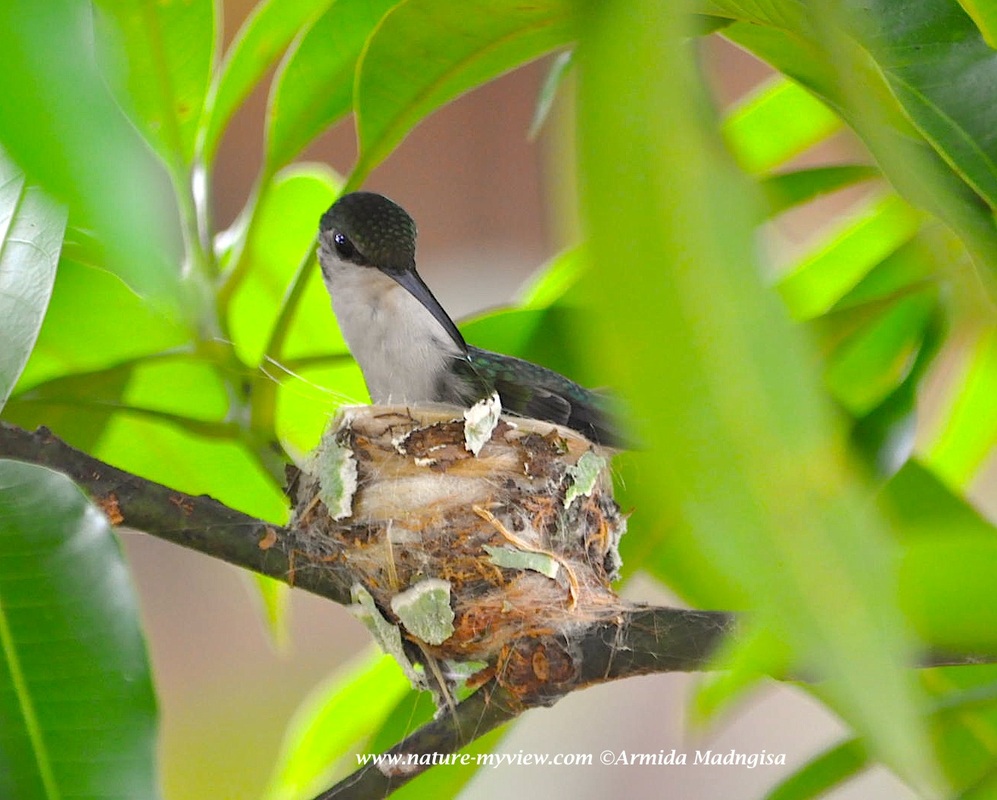
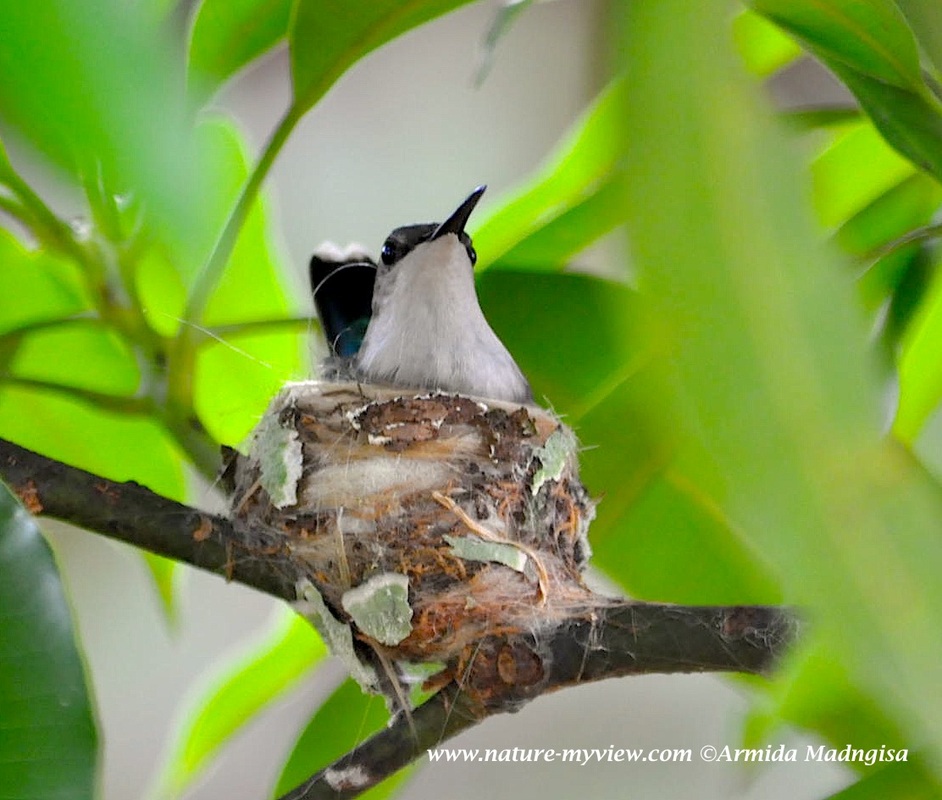
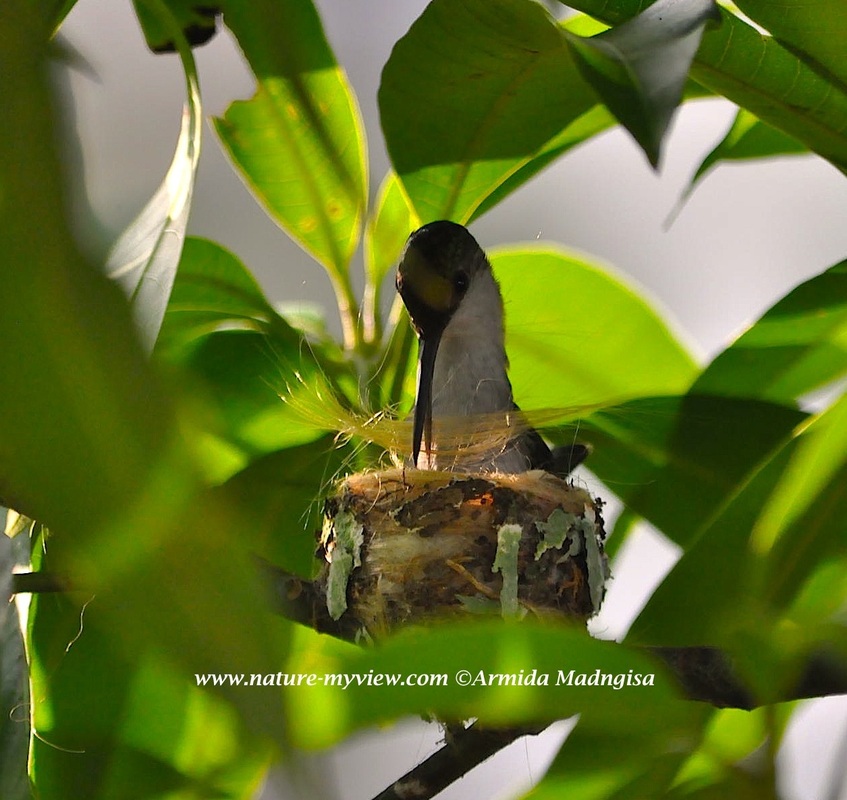
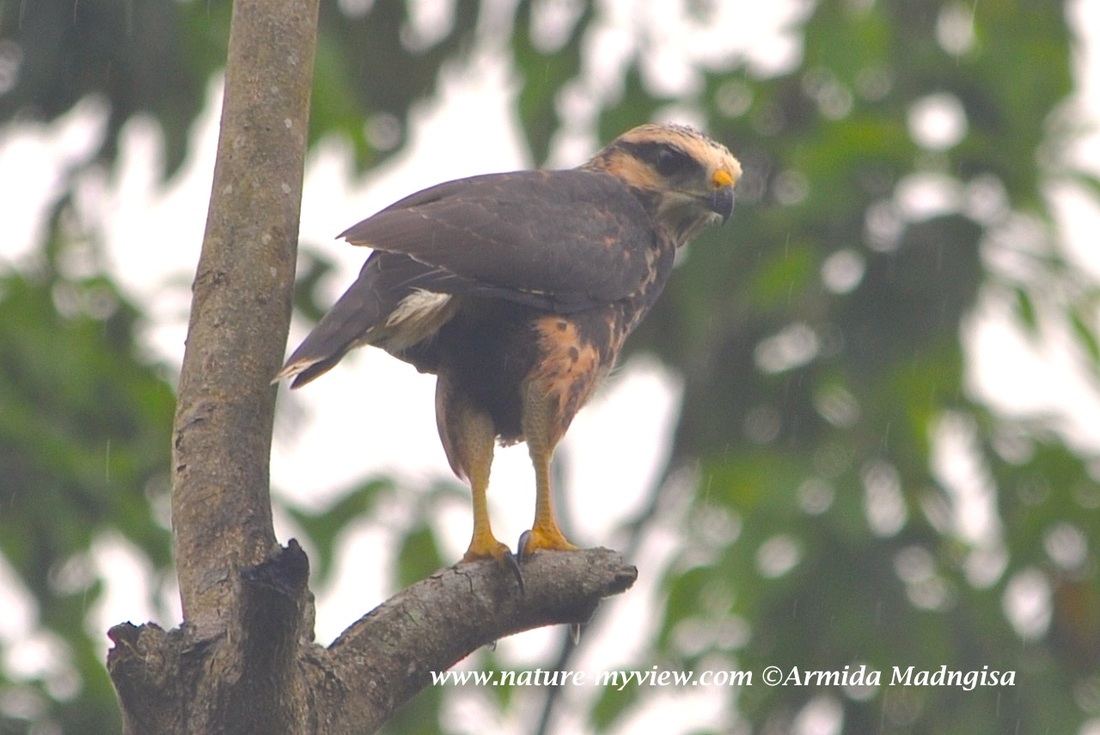
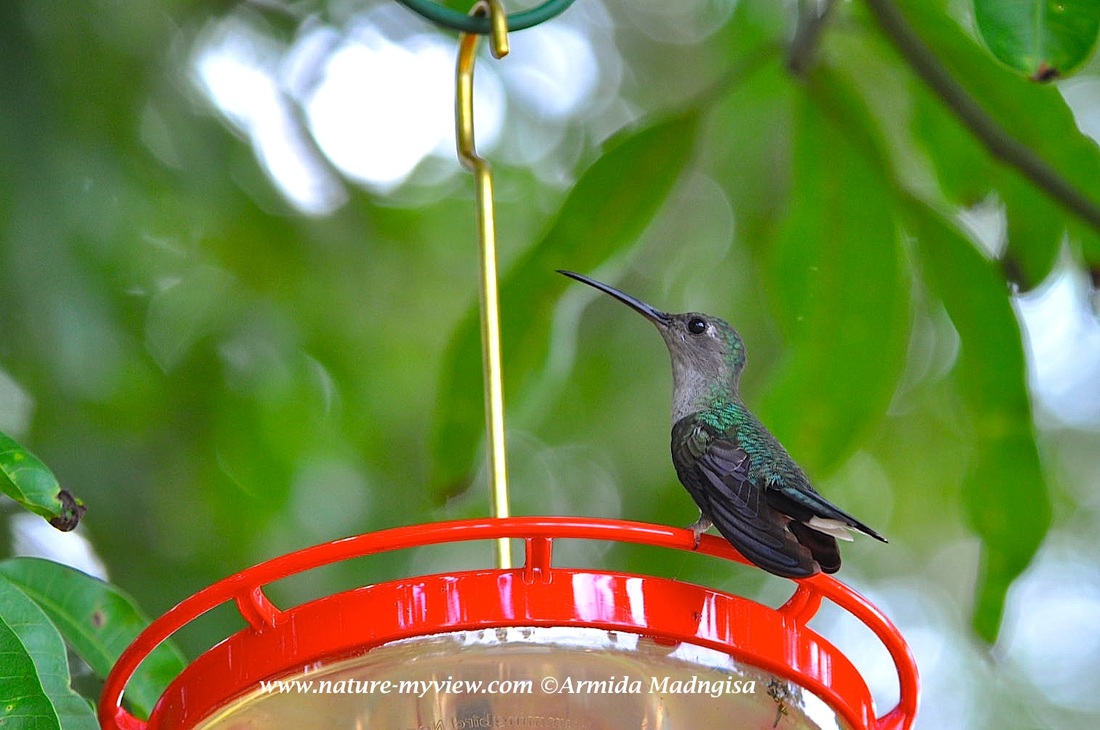
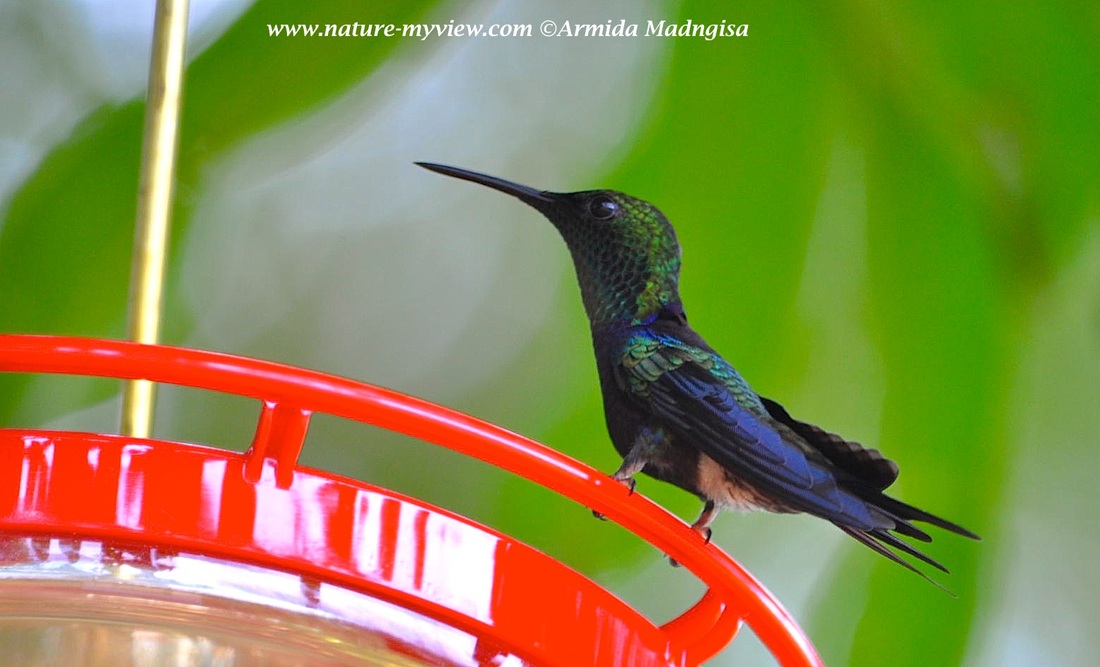

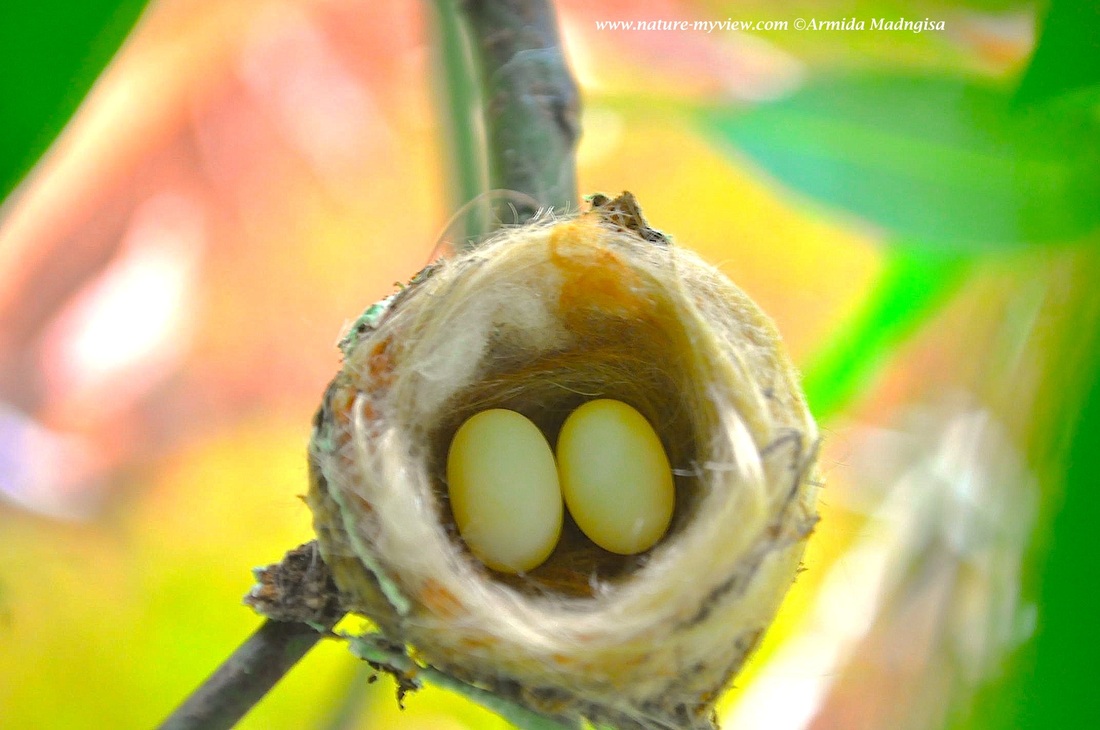
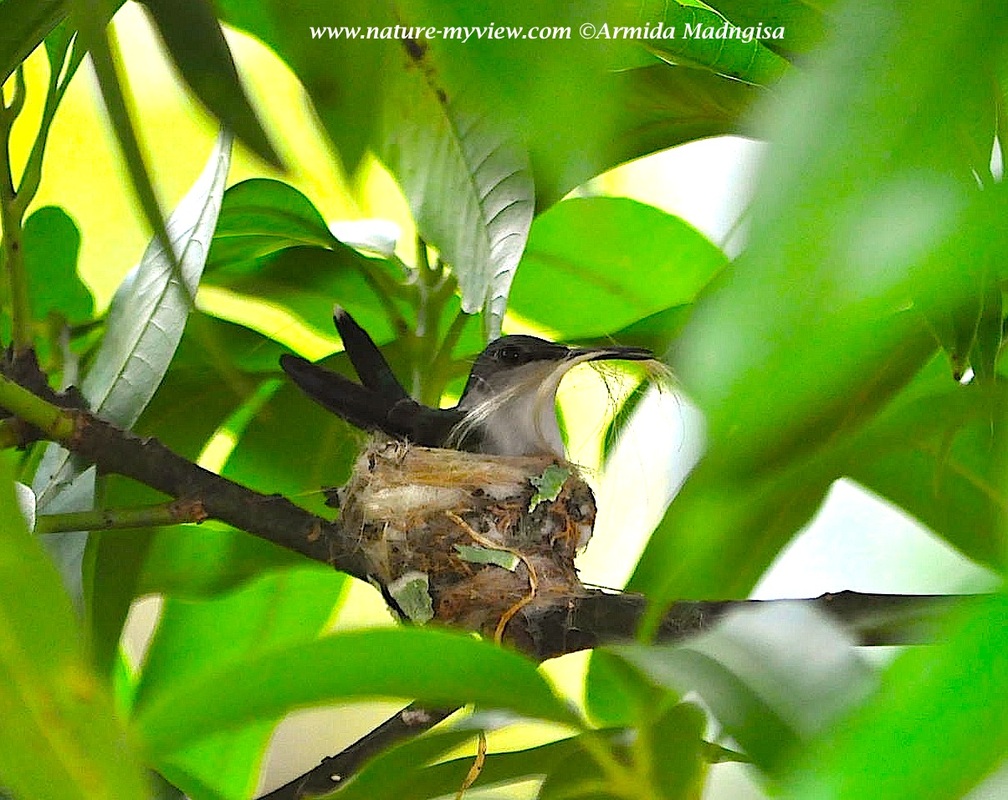
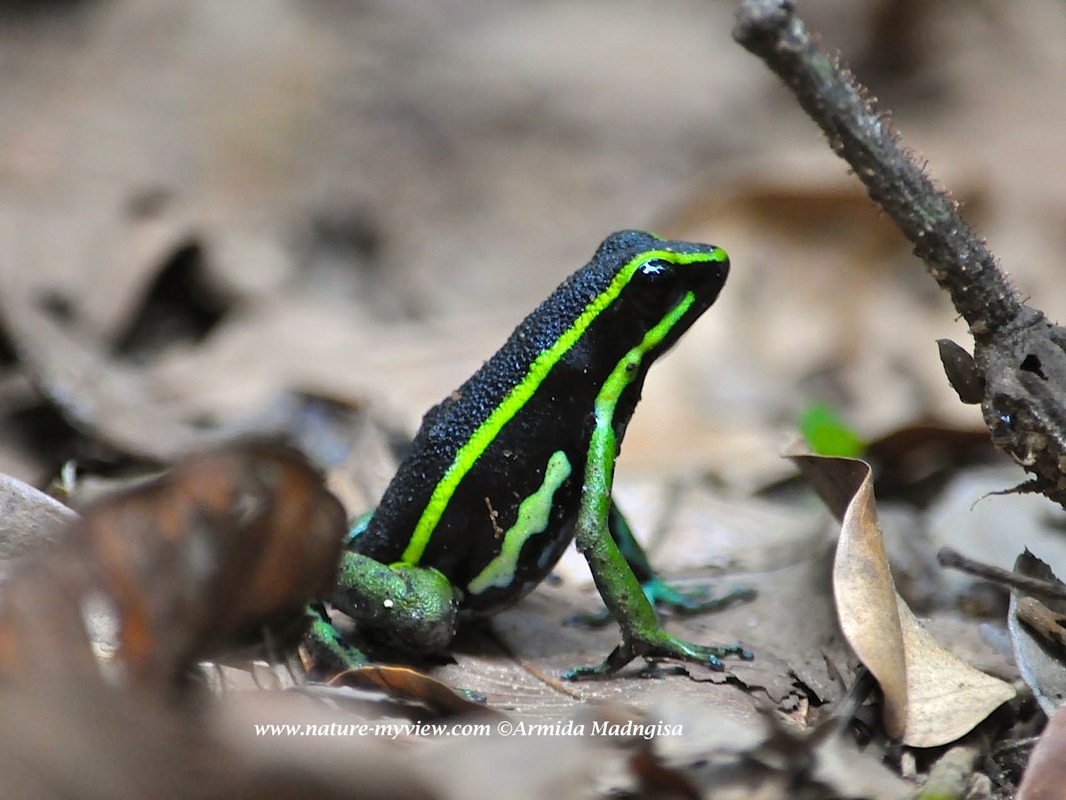
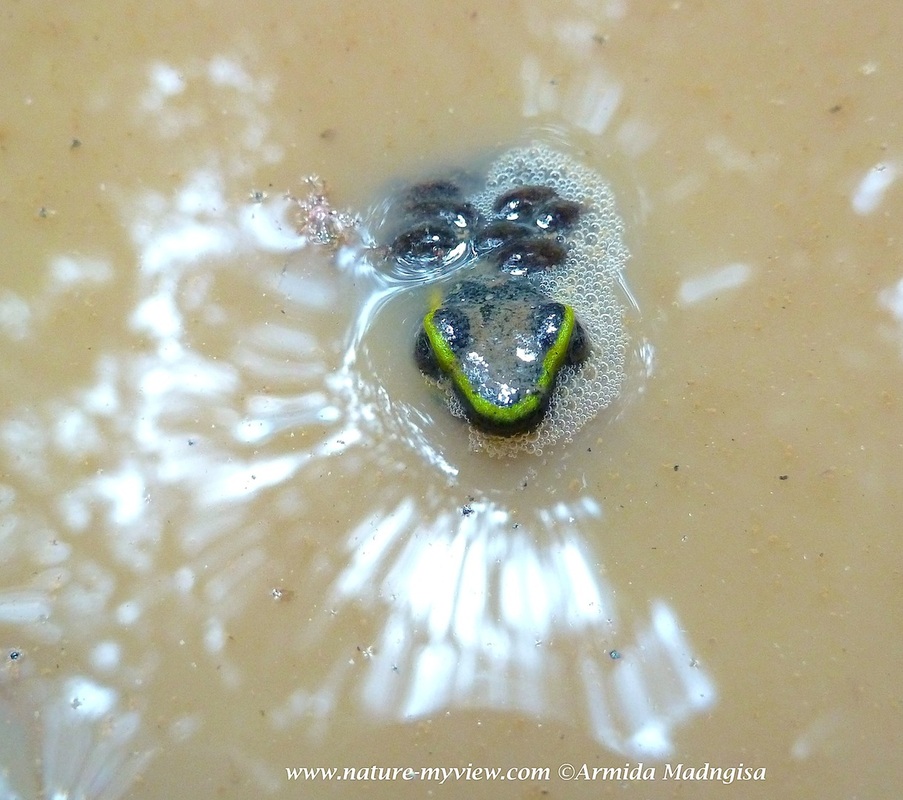


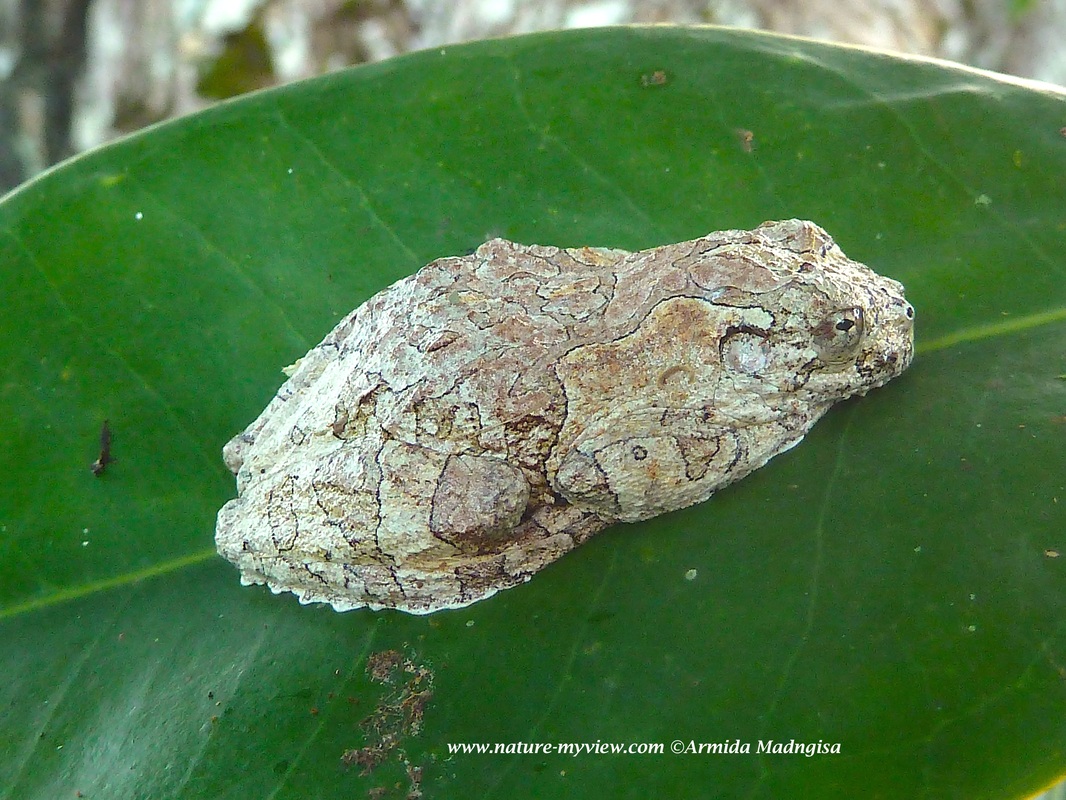
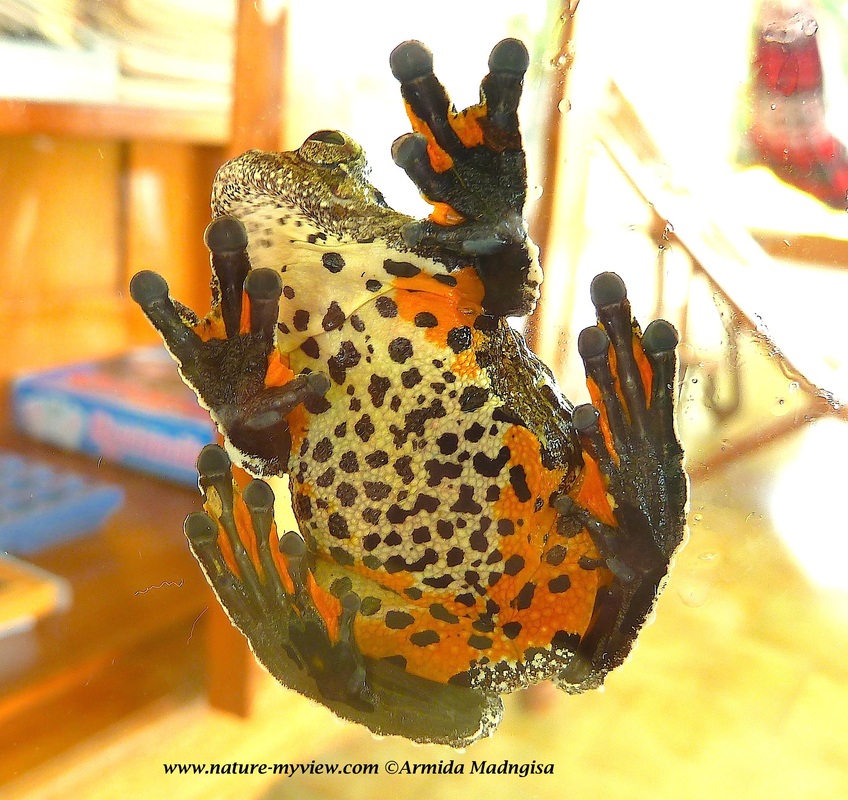
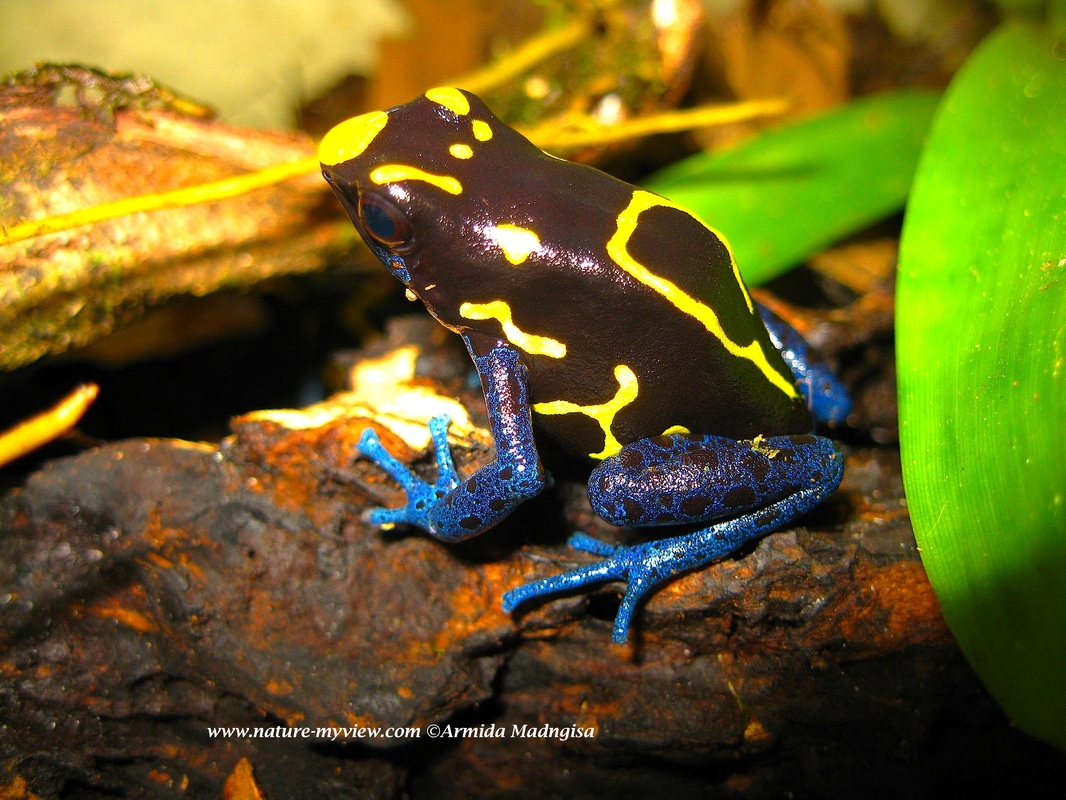
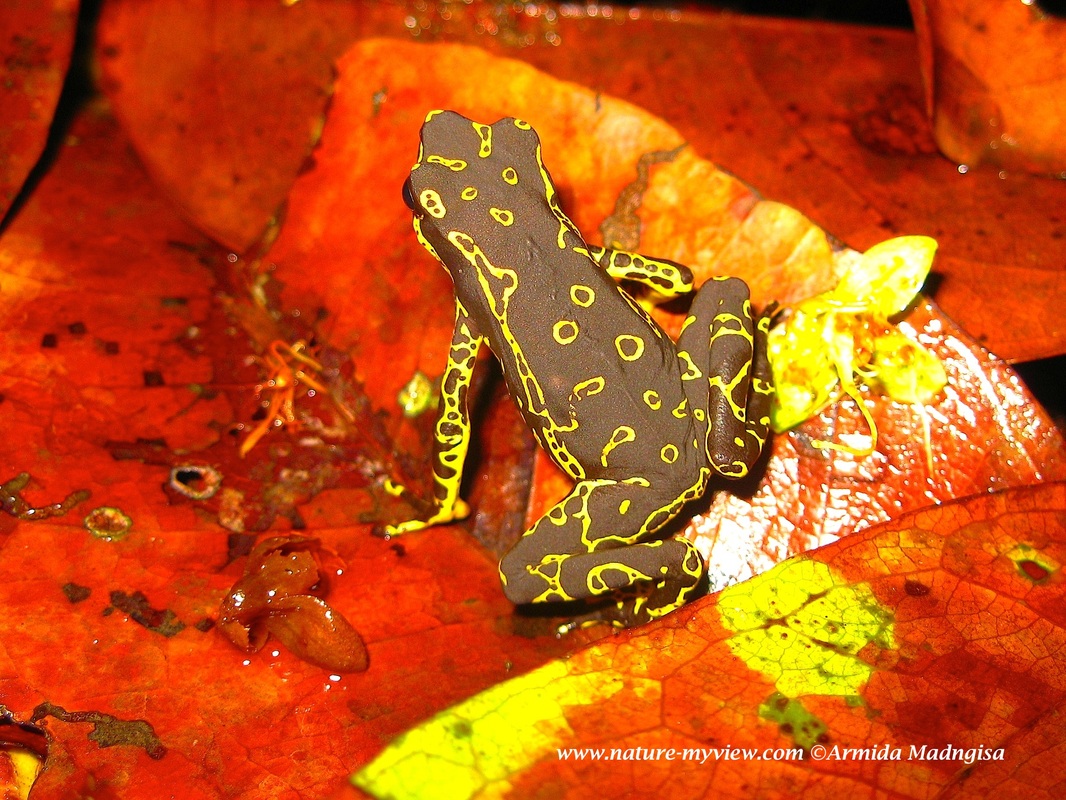
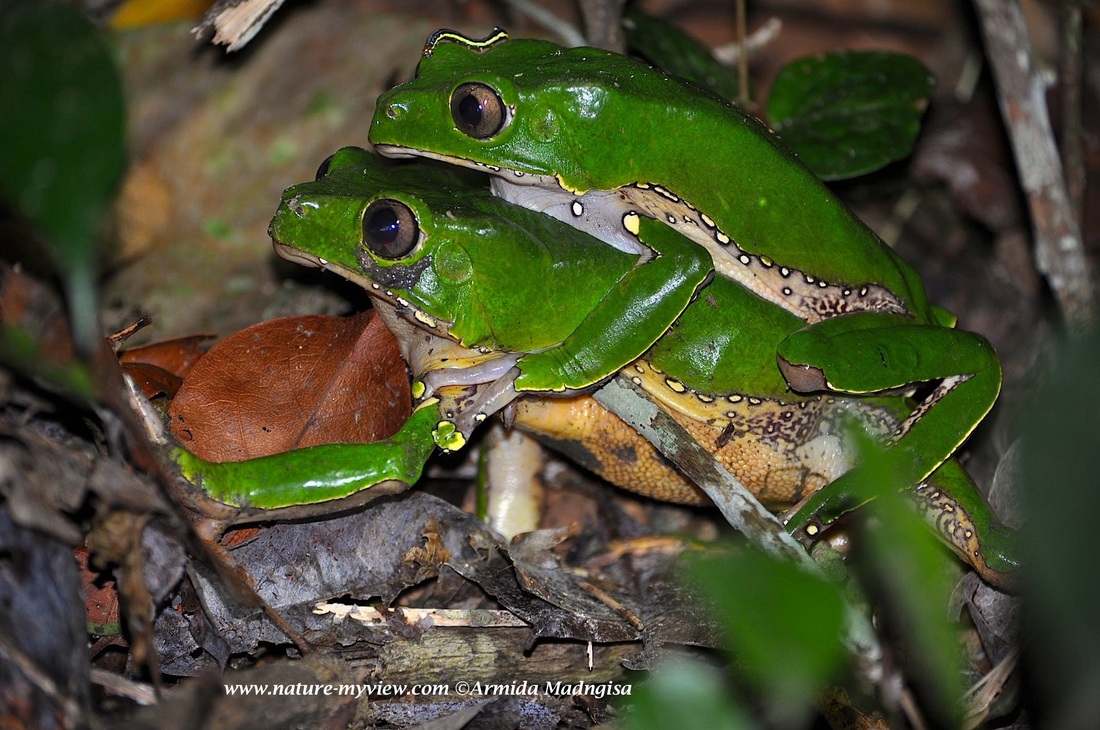
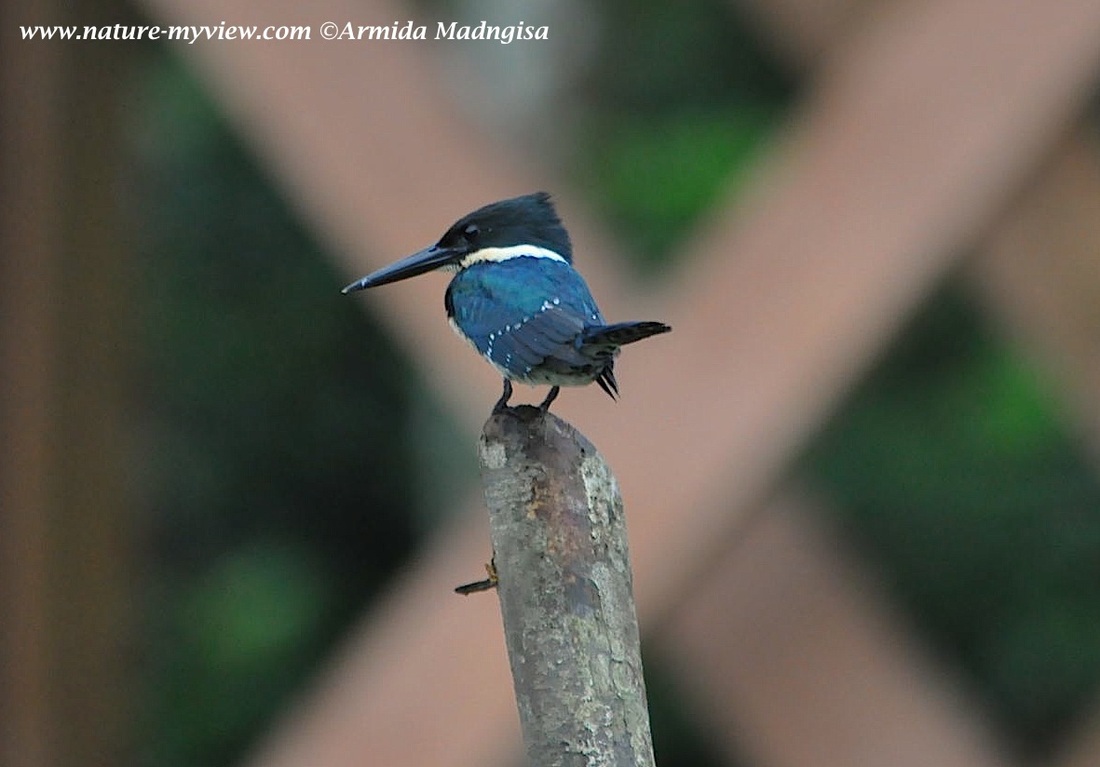
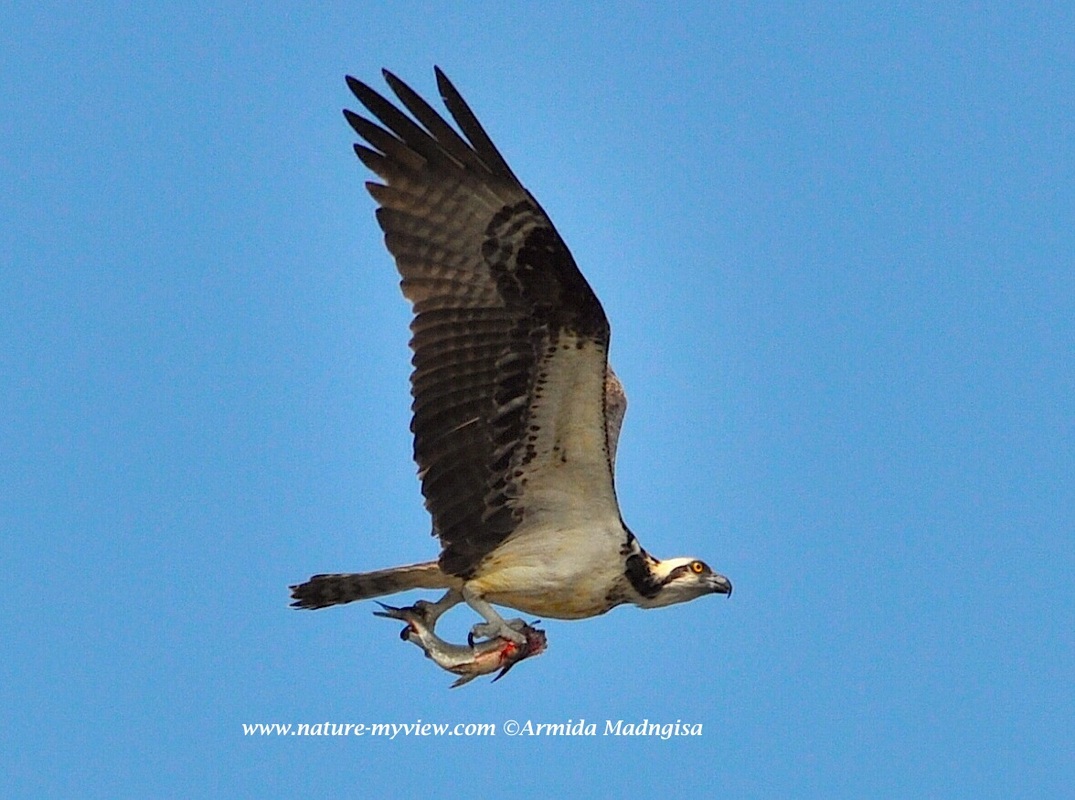
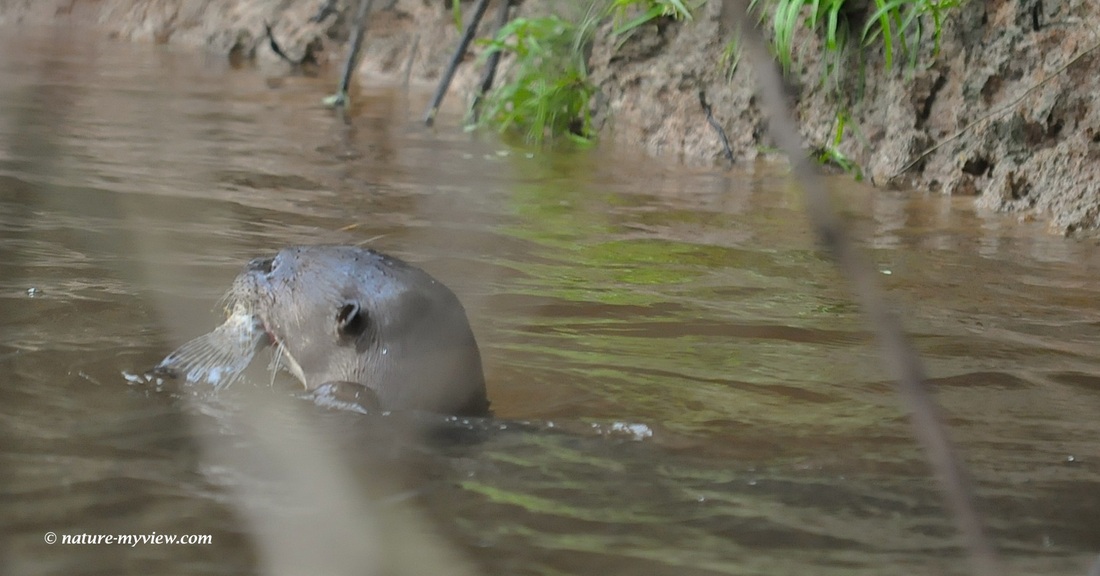


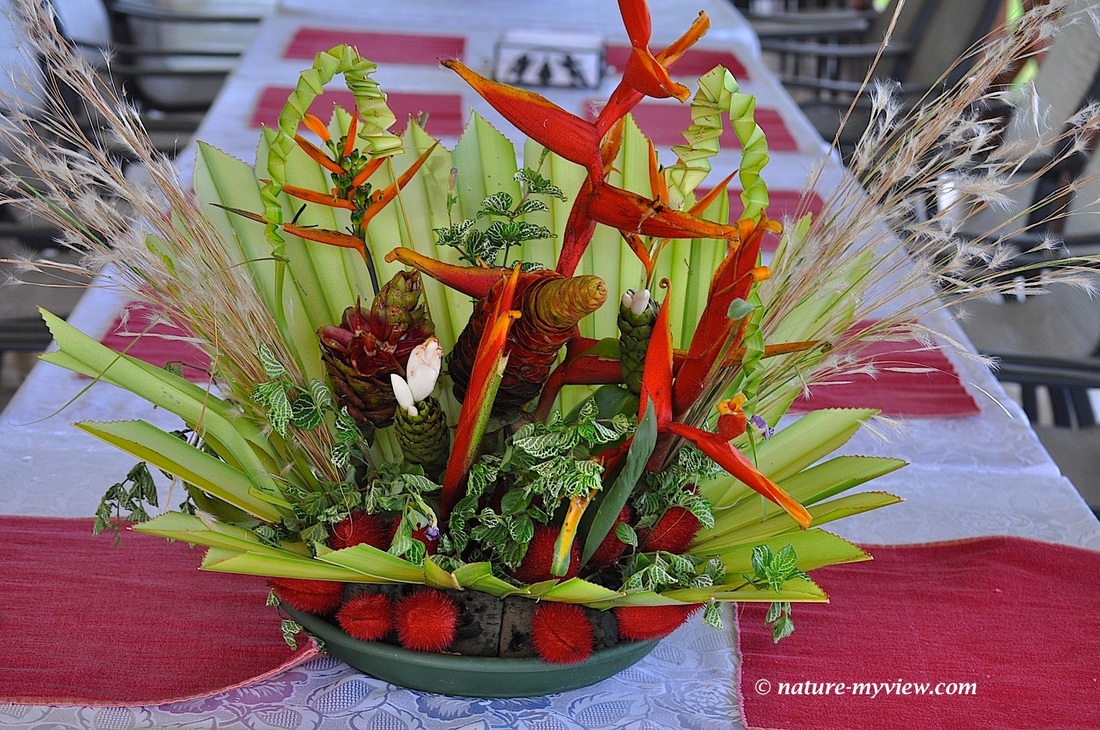
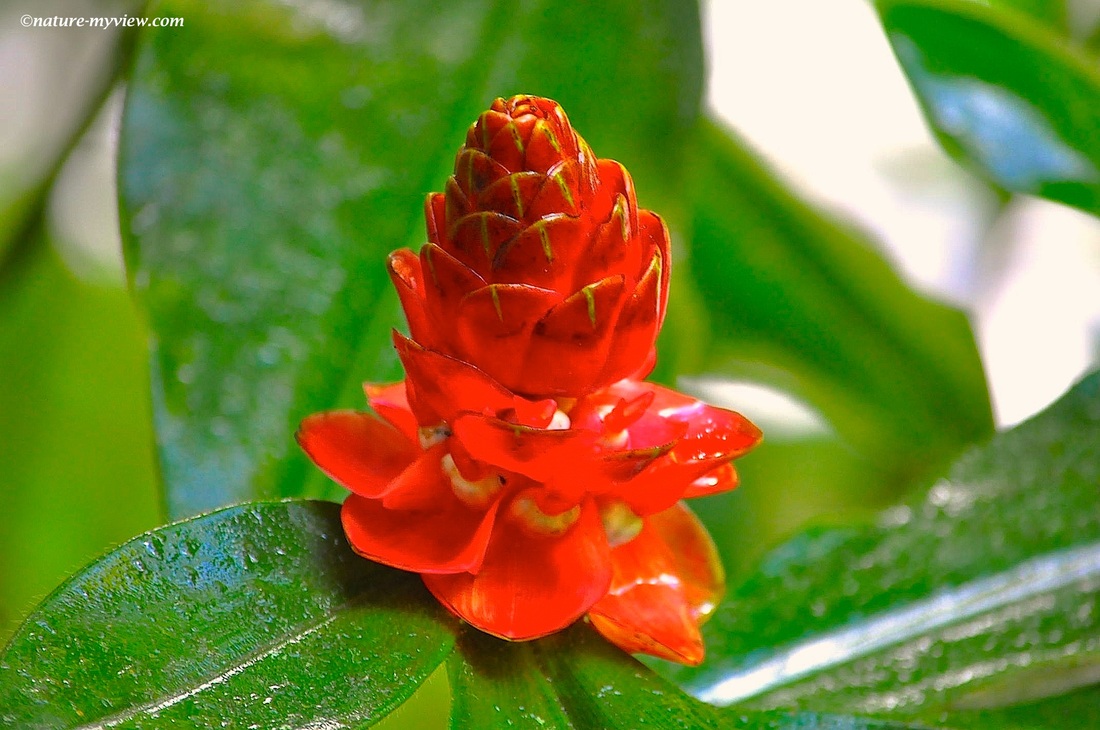
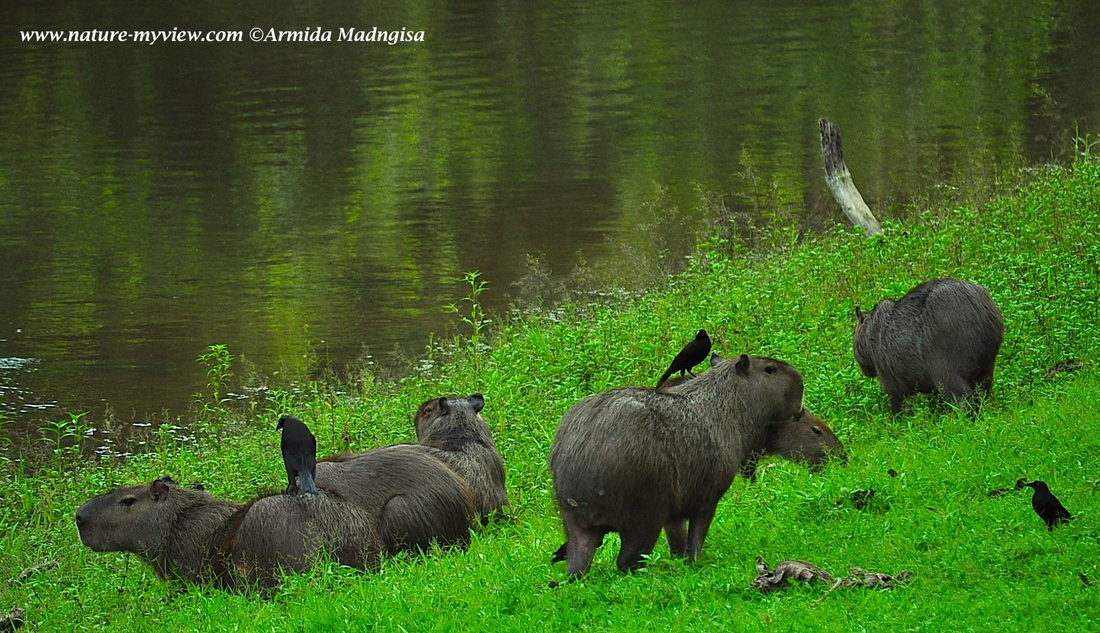
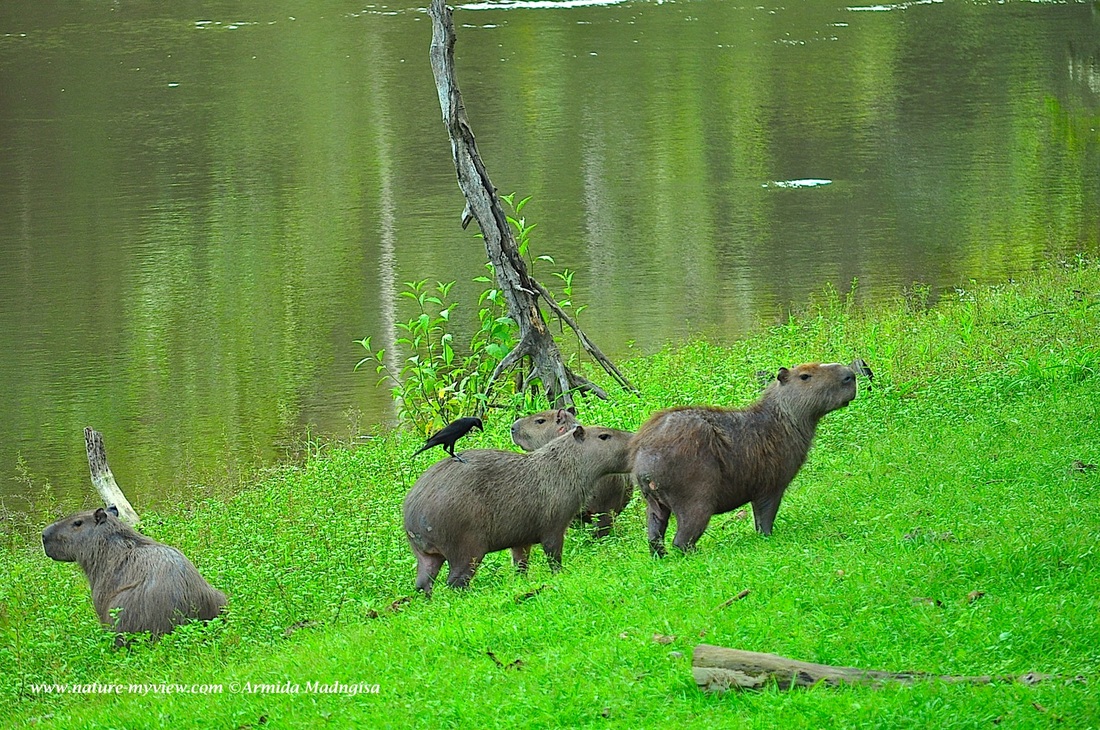
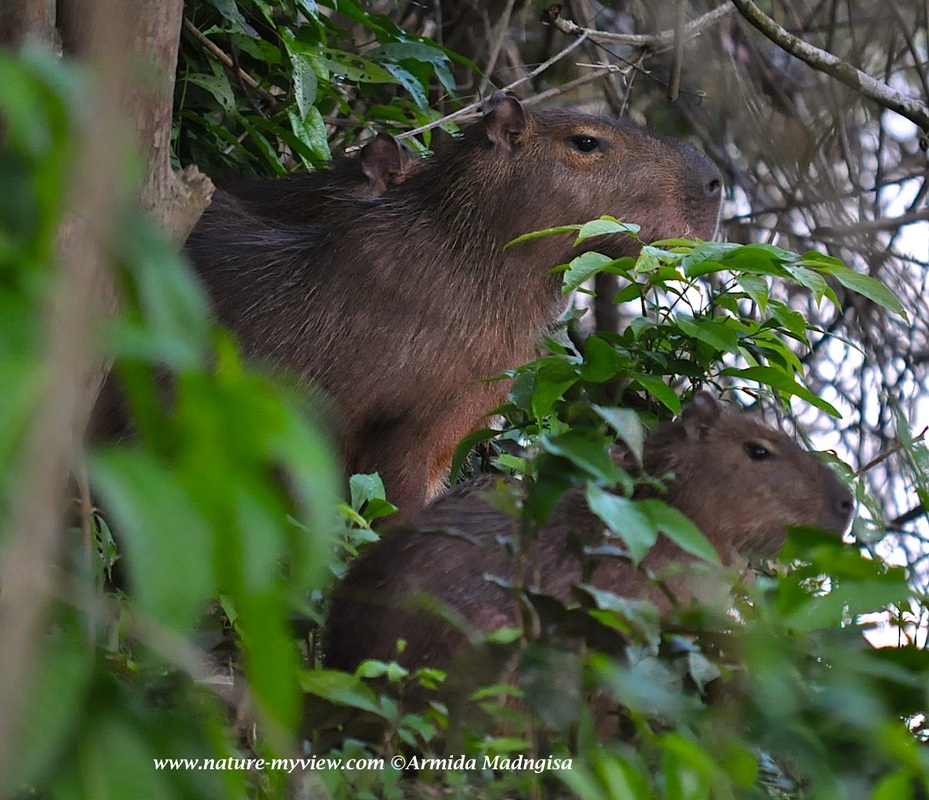


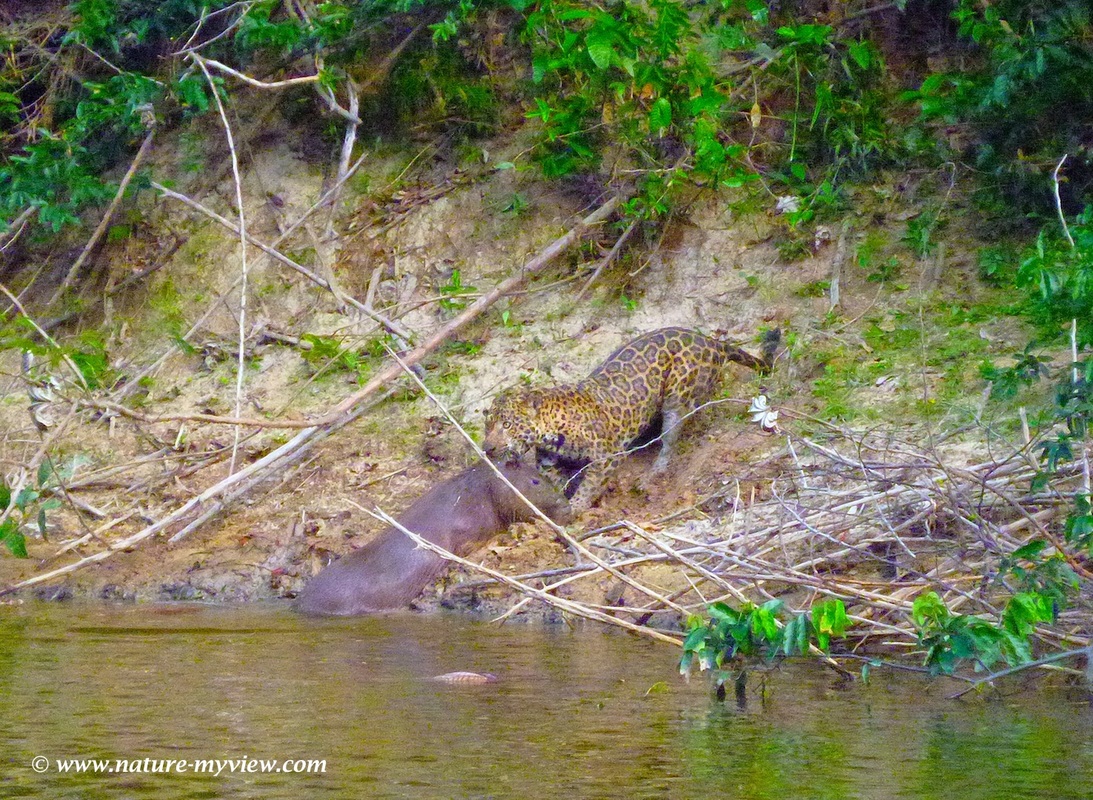
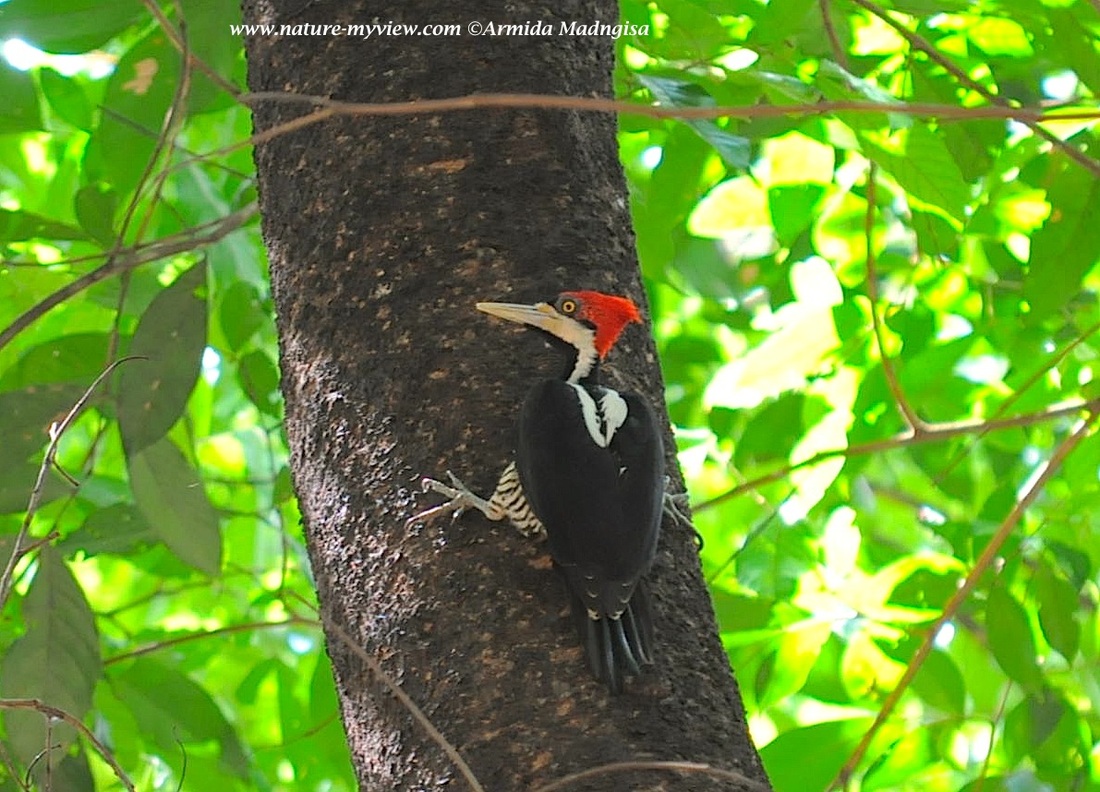

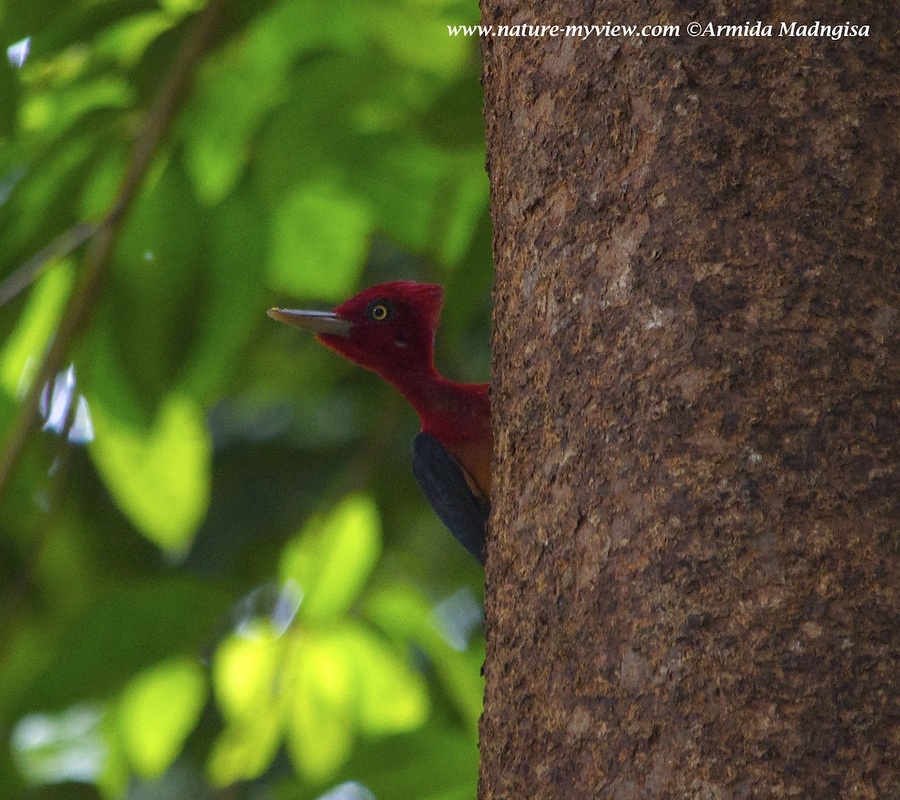
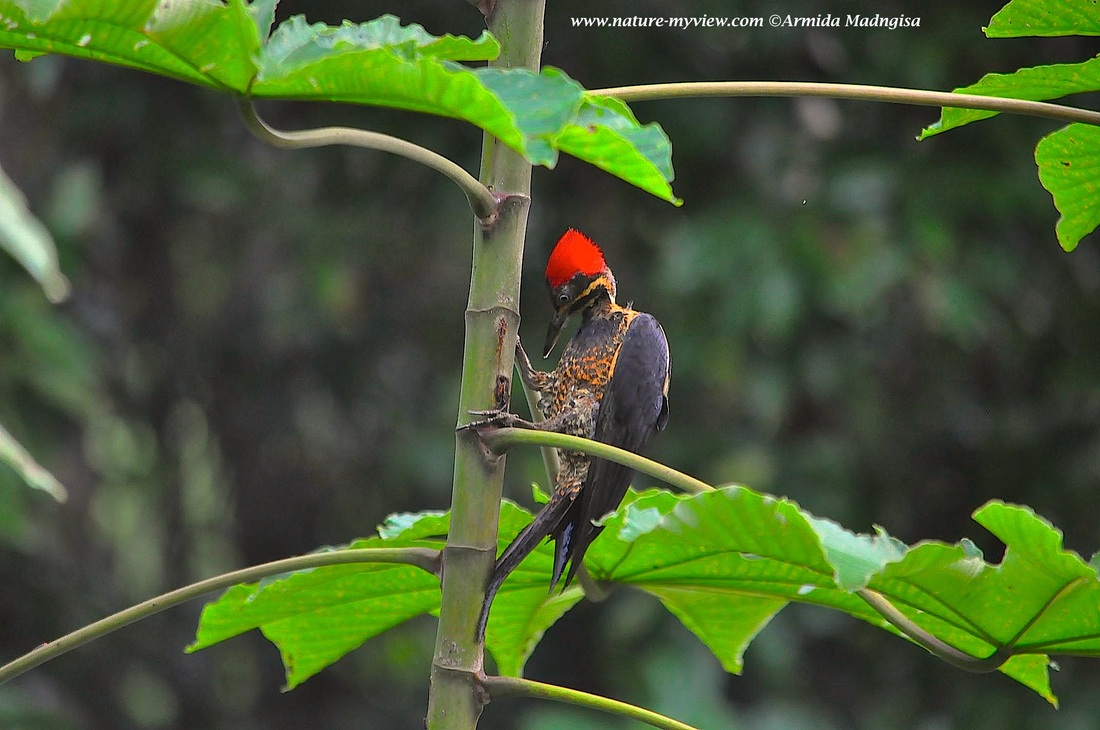
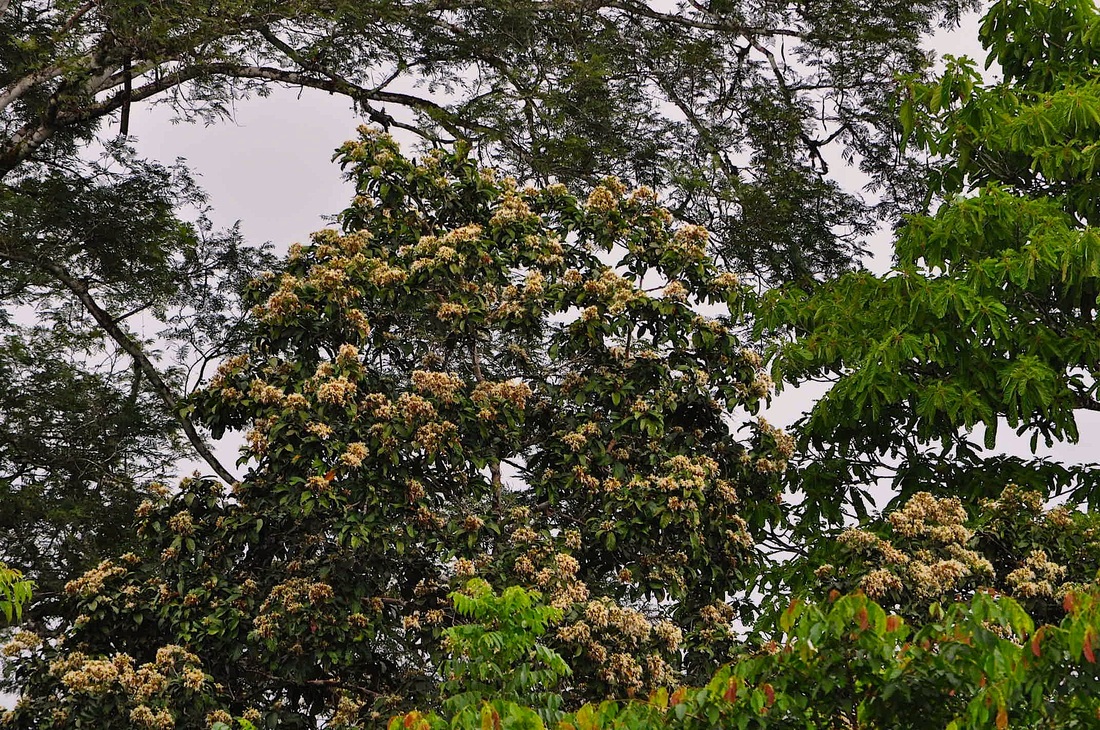
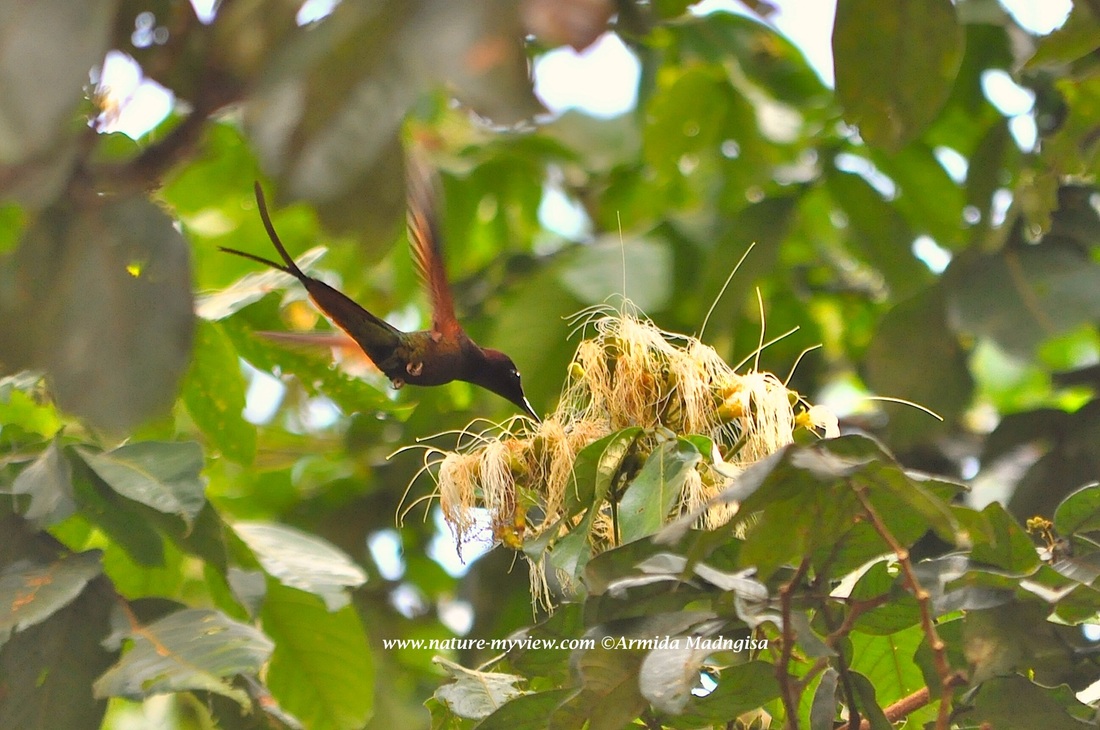
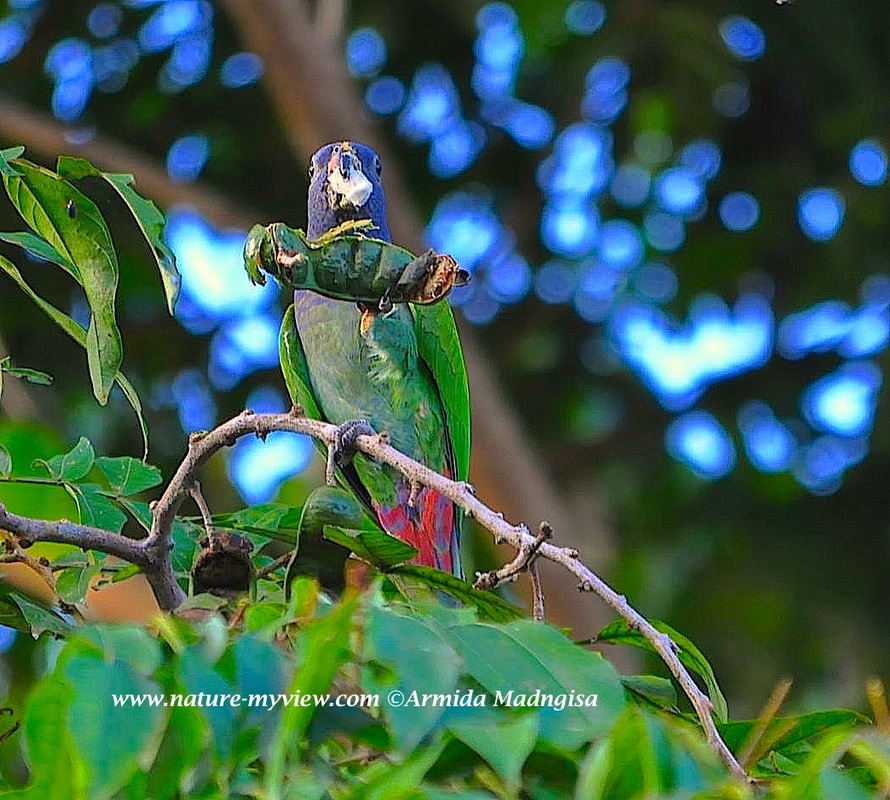
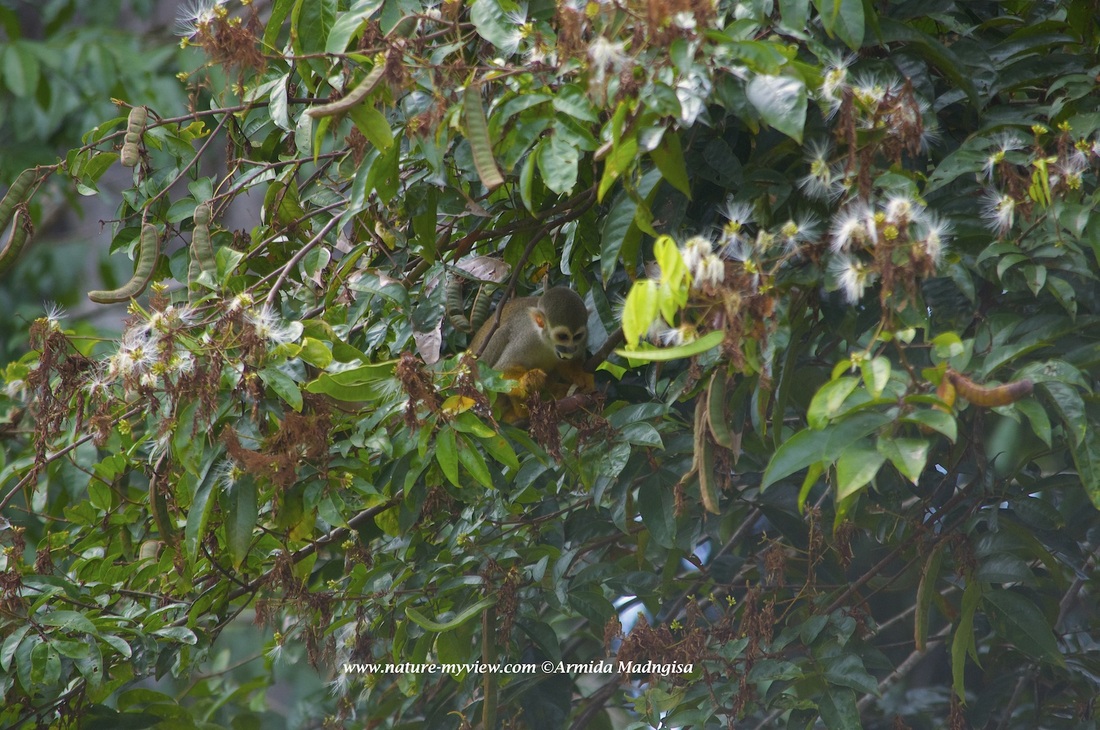
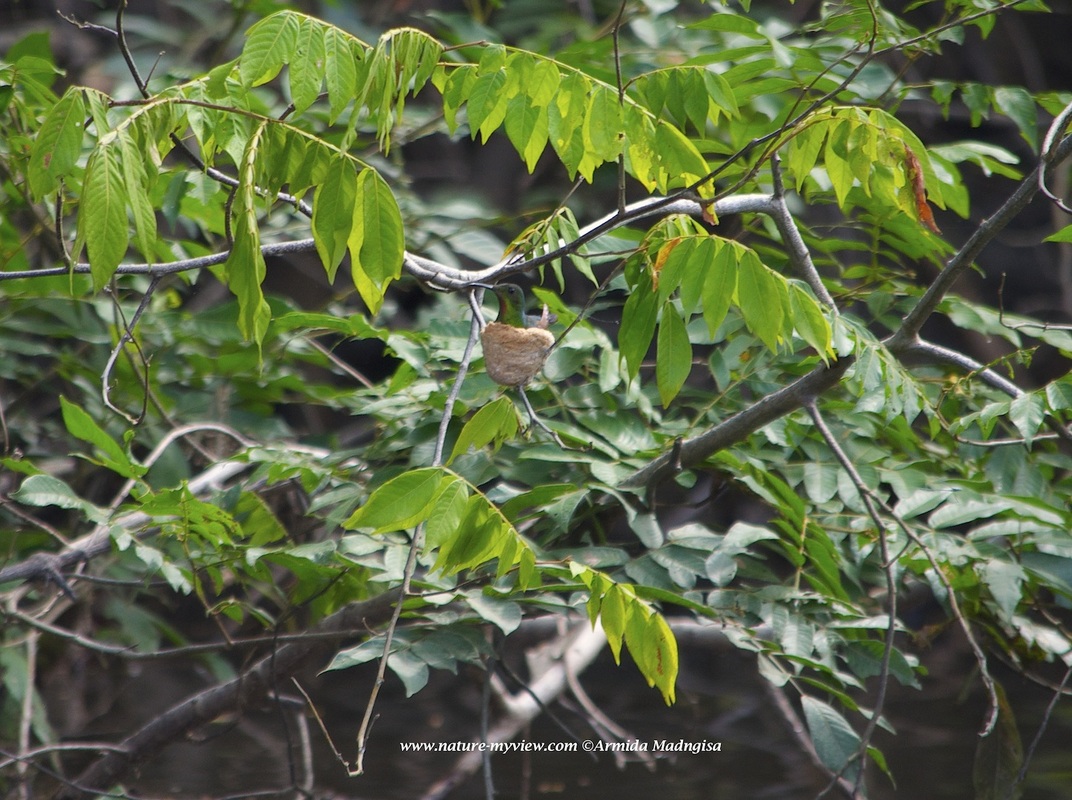
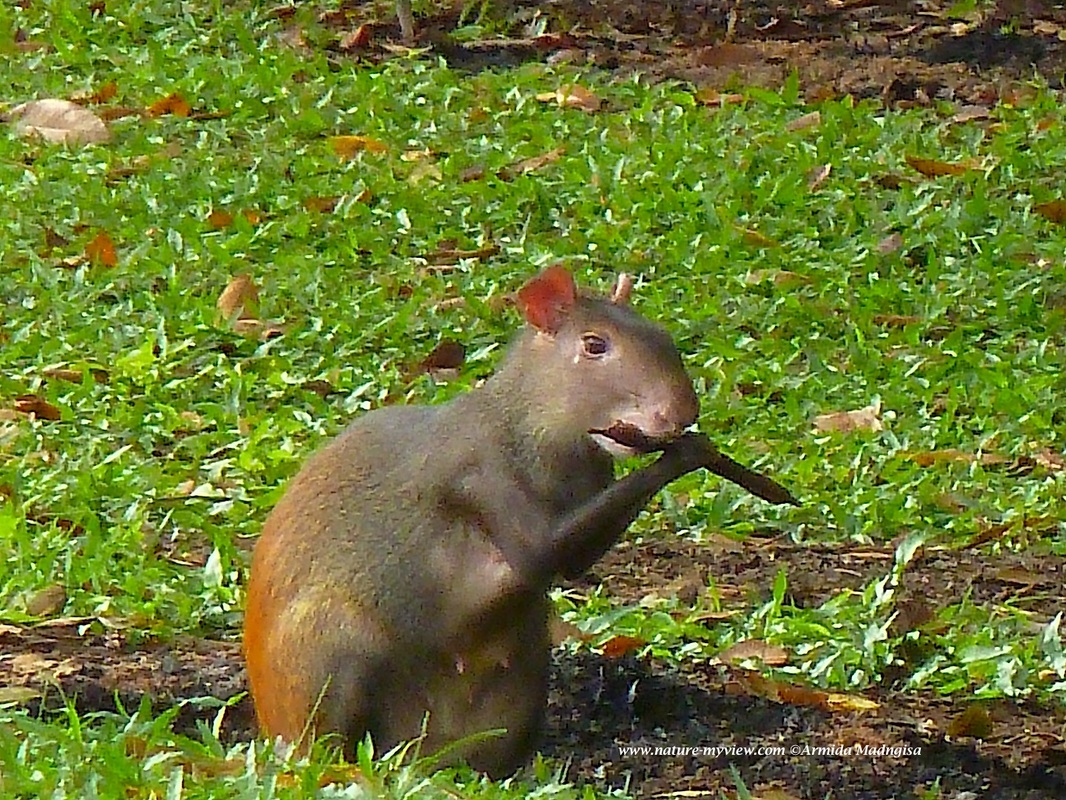
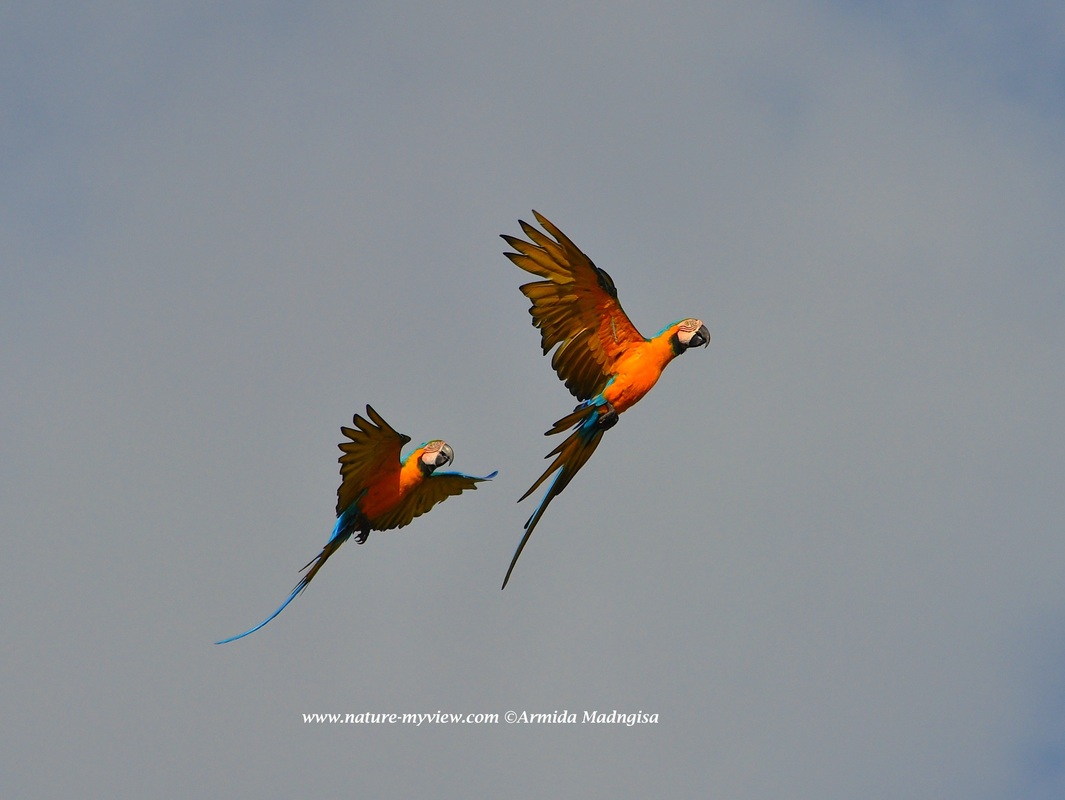
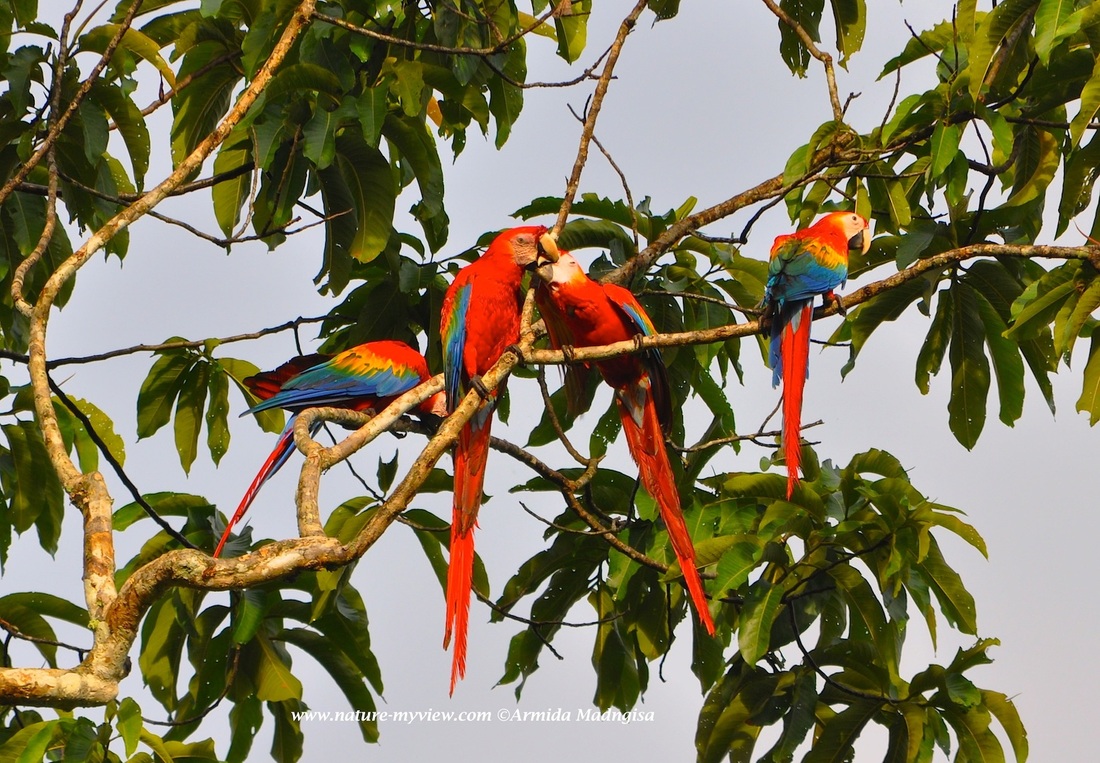
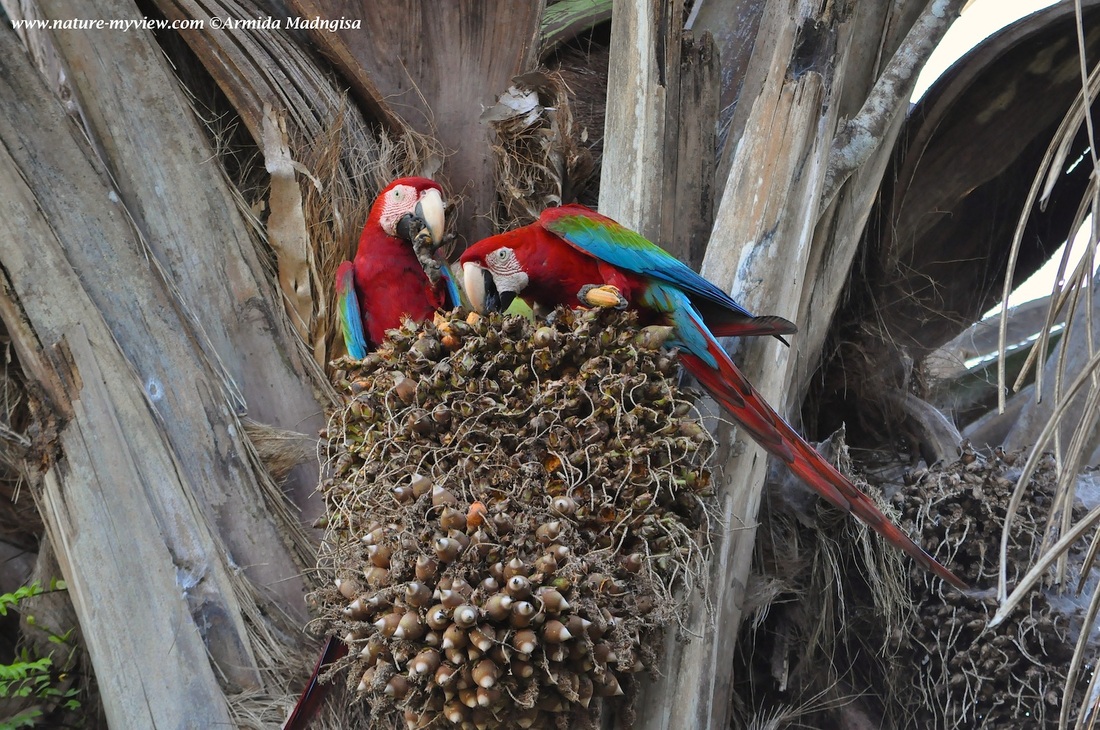
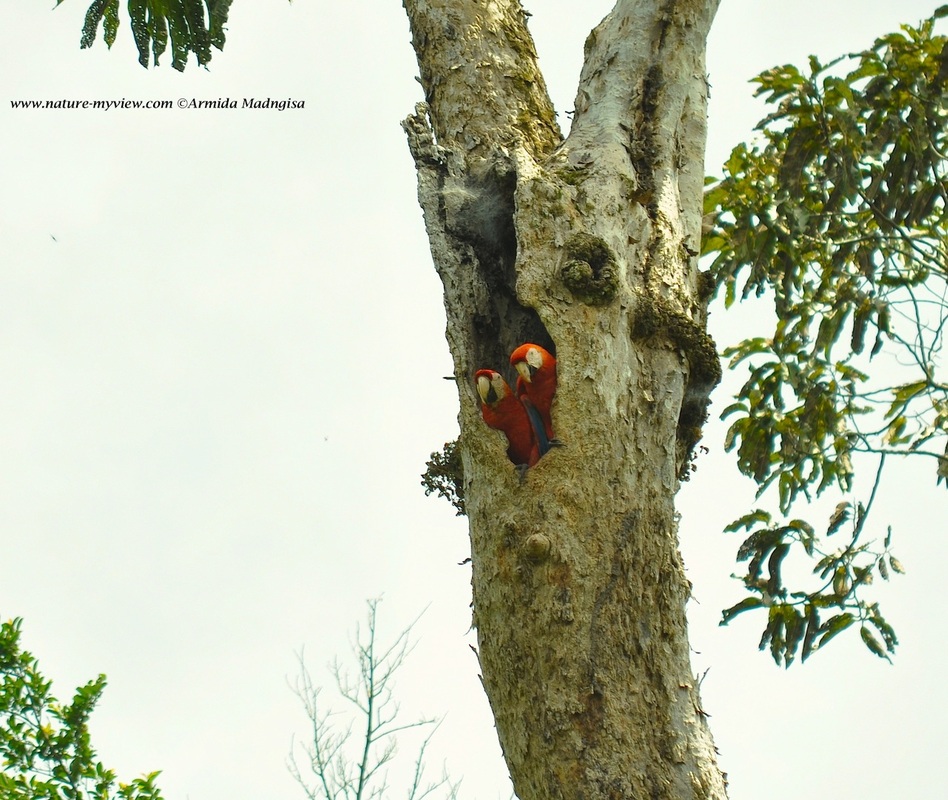
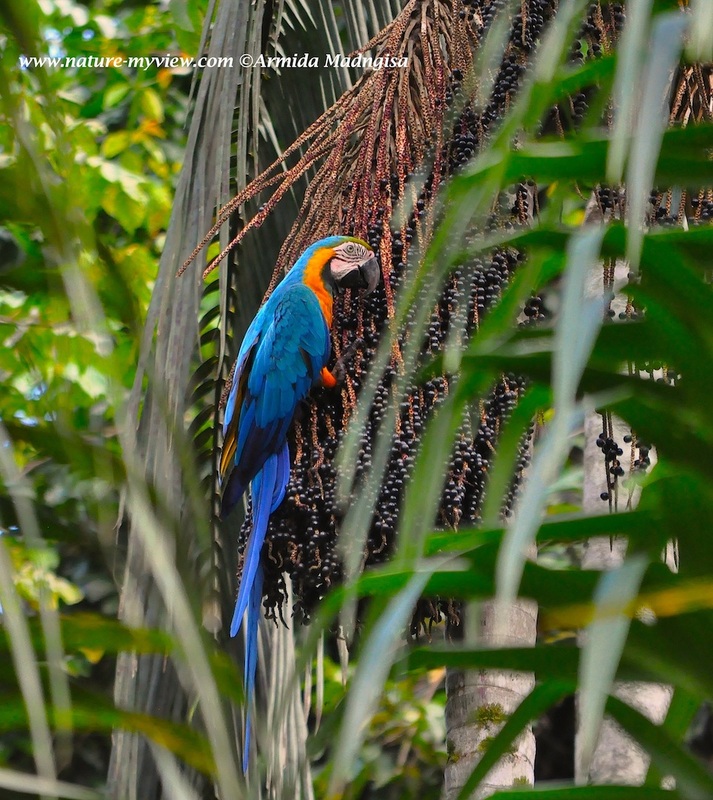
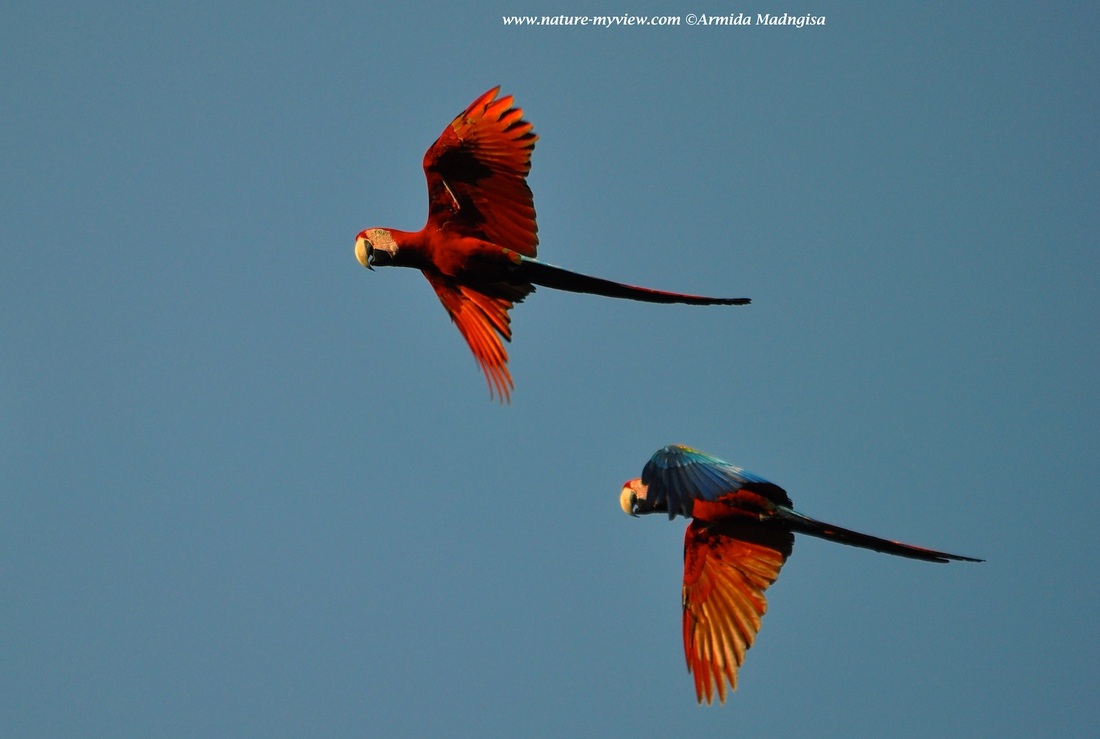
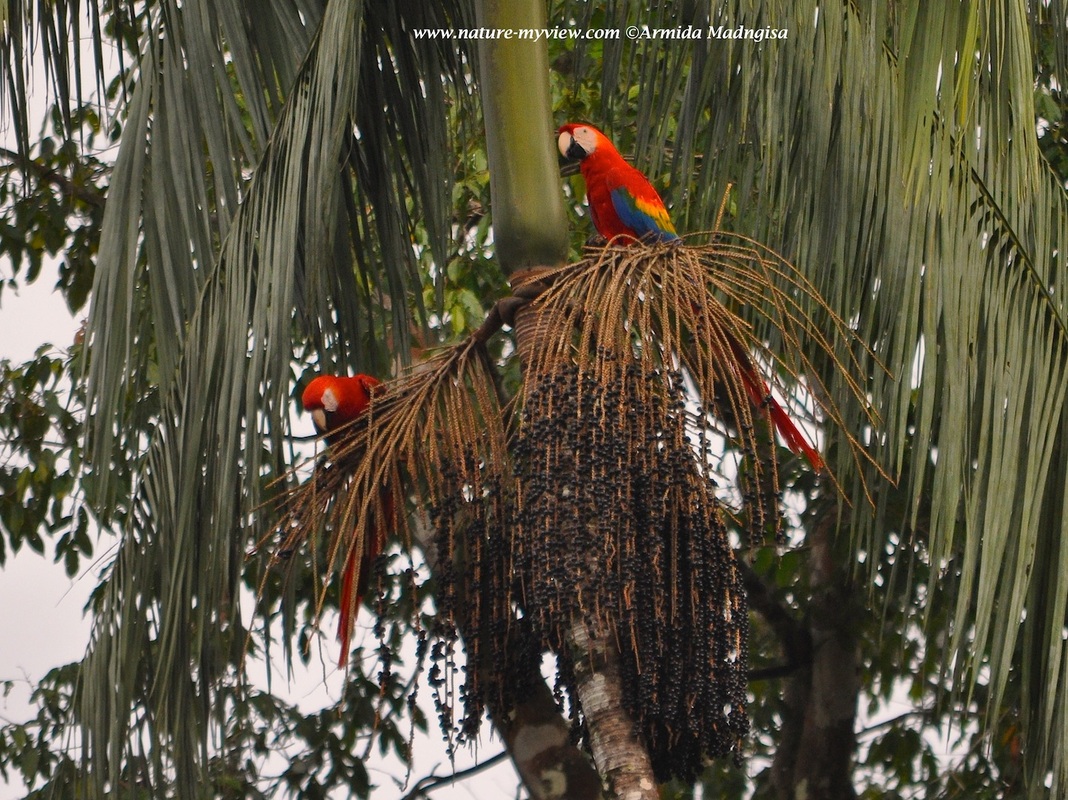
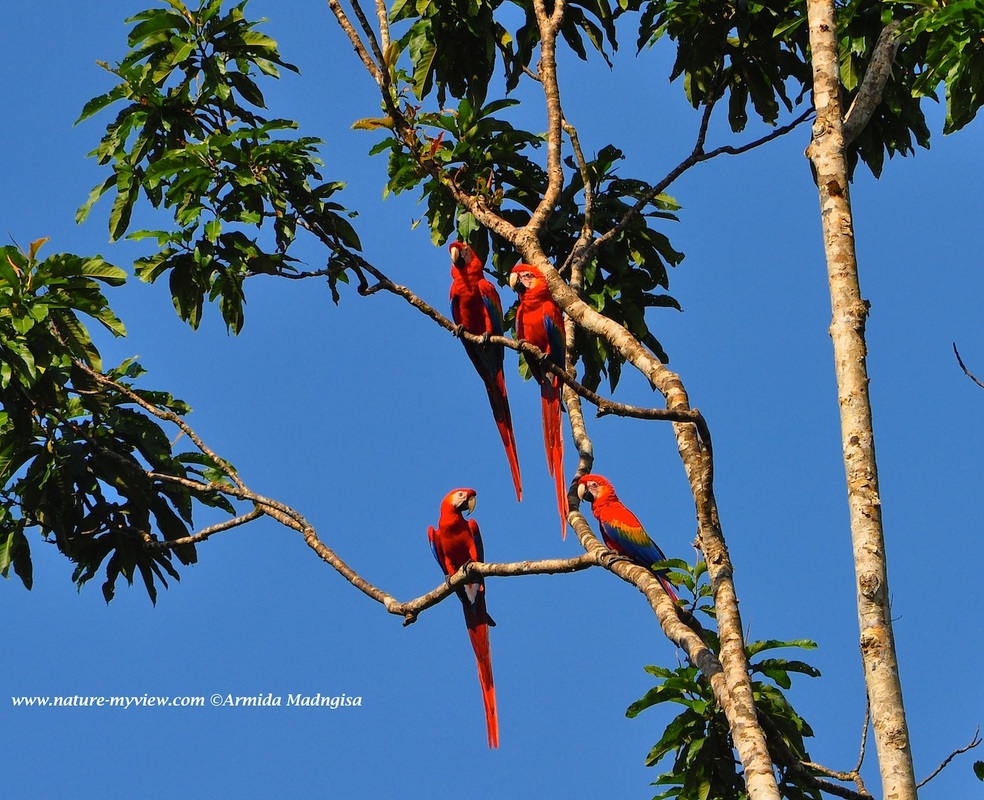
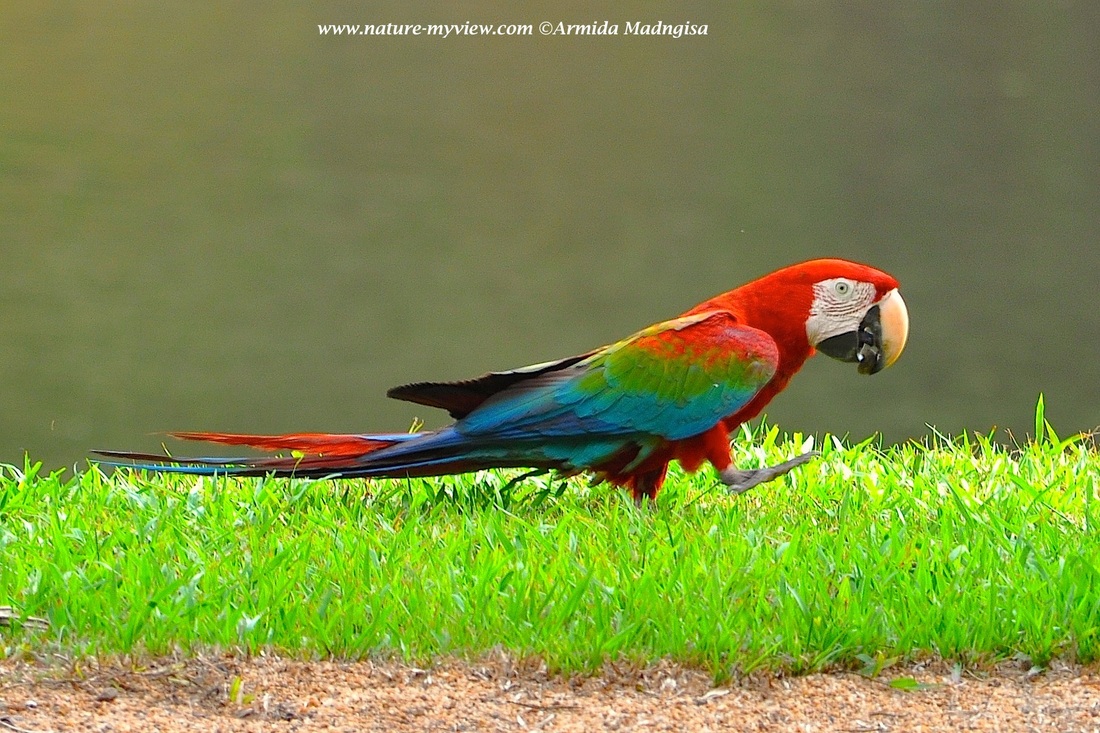
 RSS Feed
RSS Feed